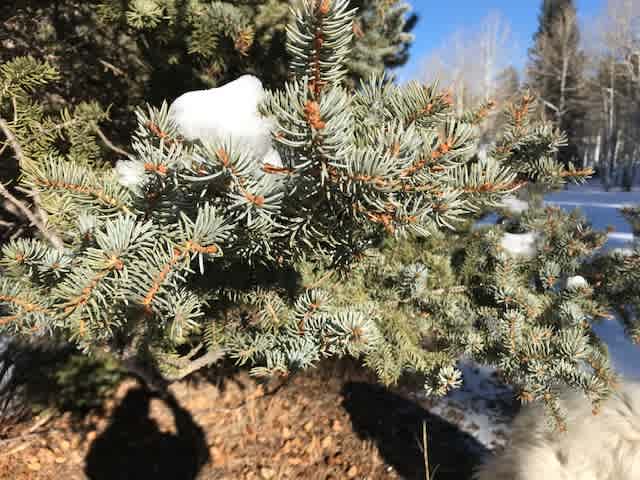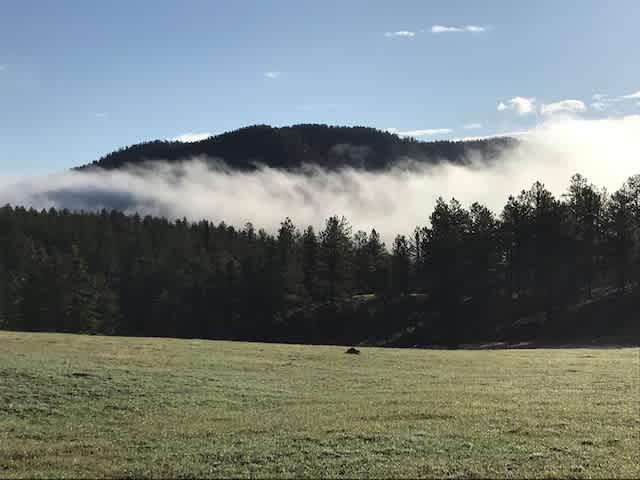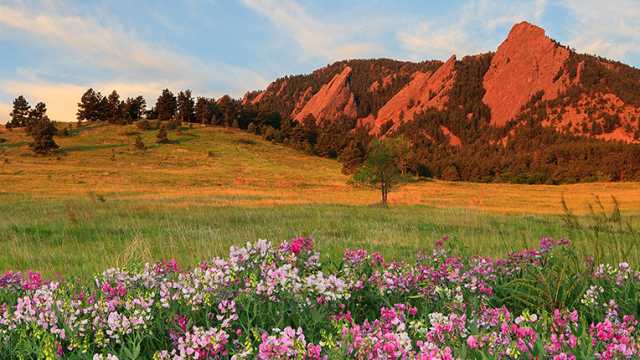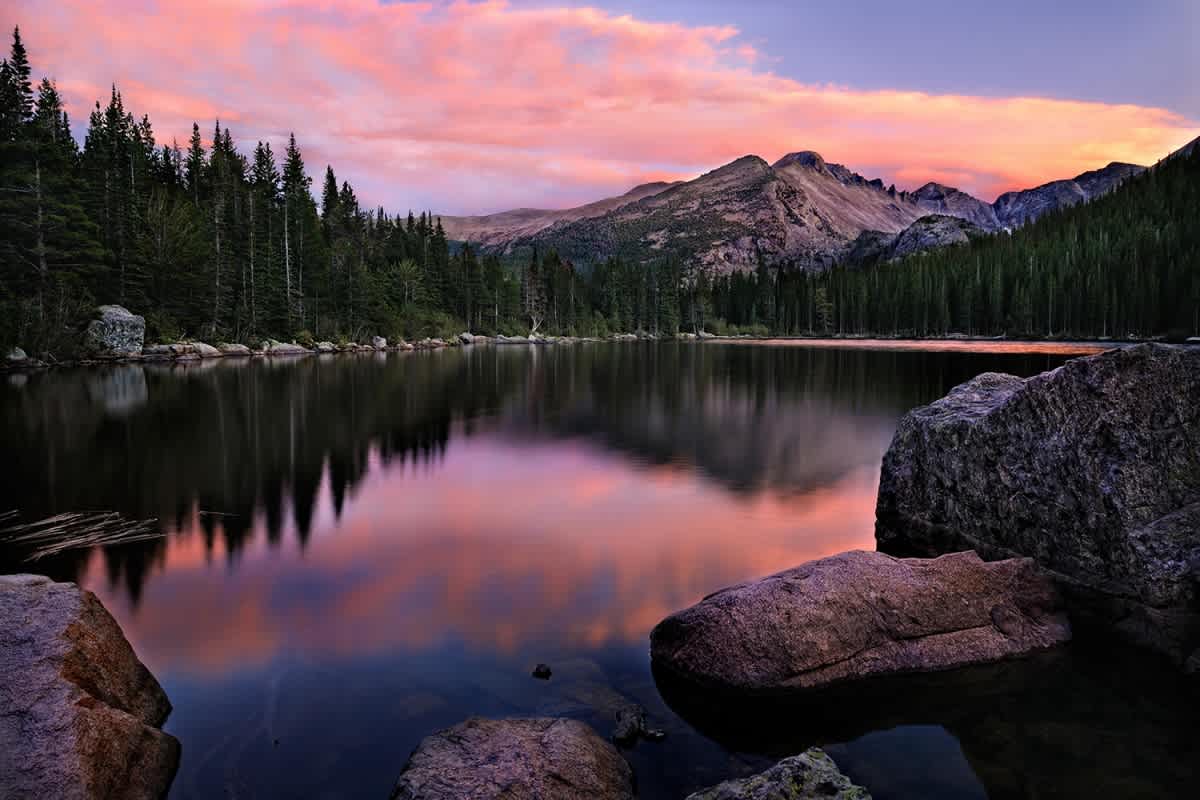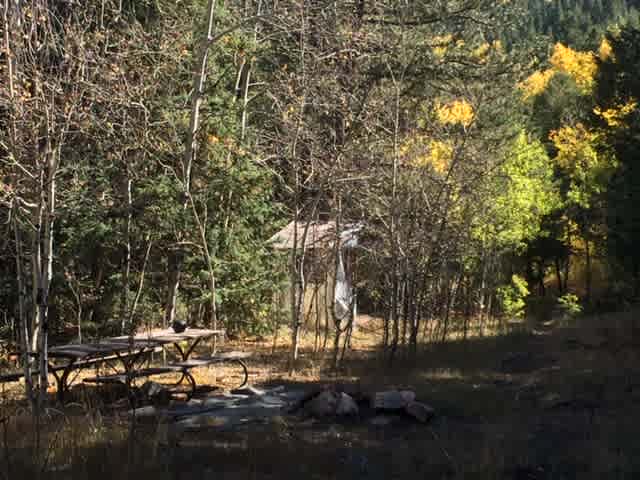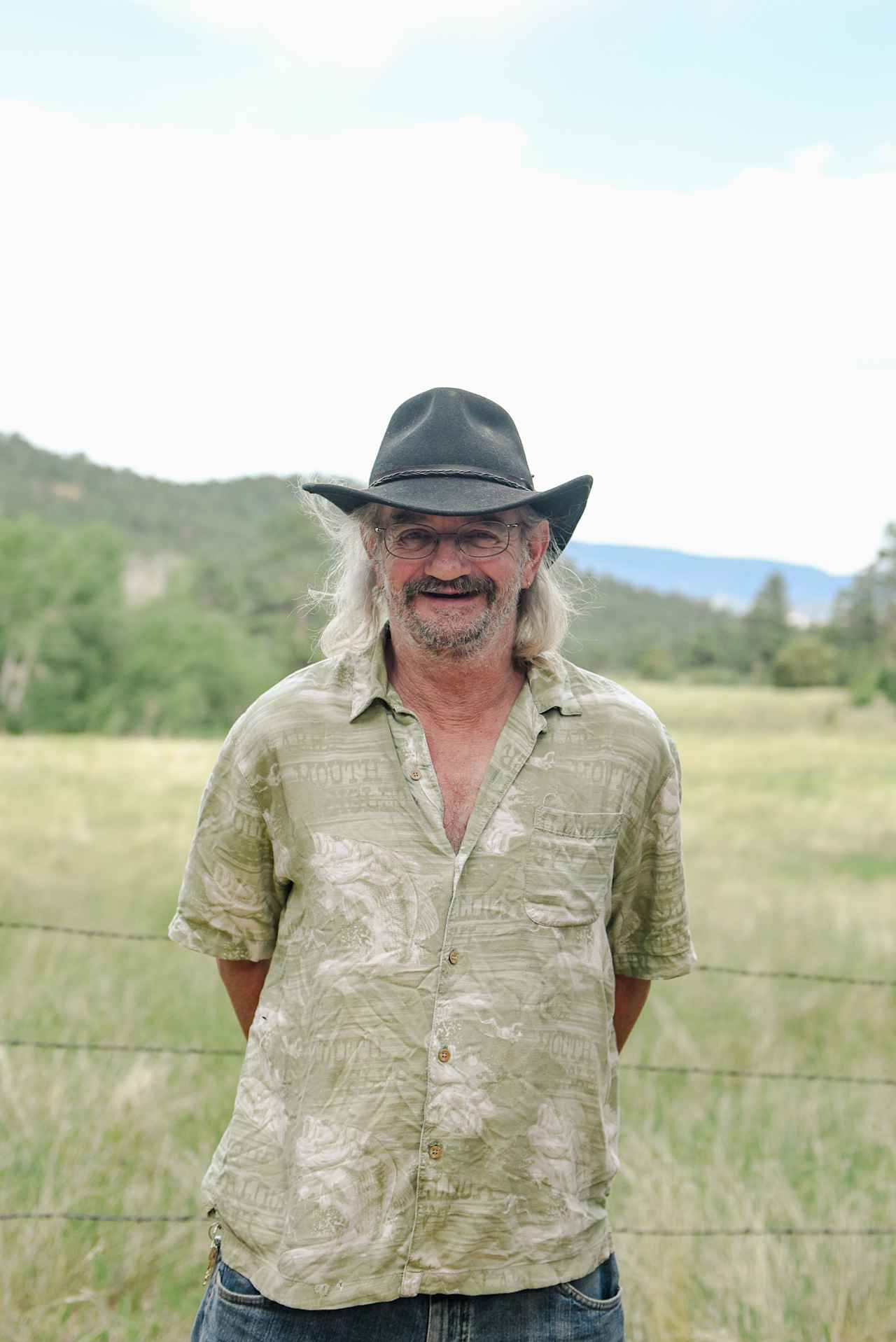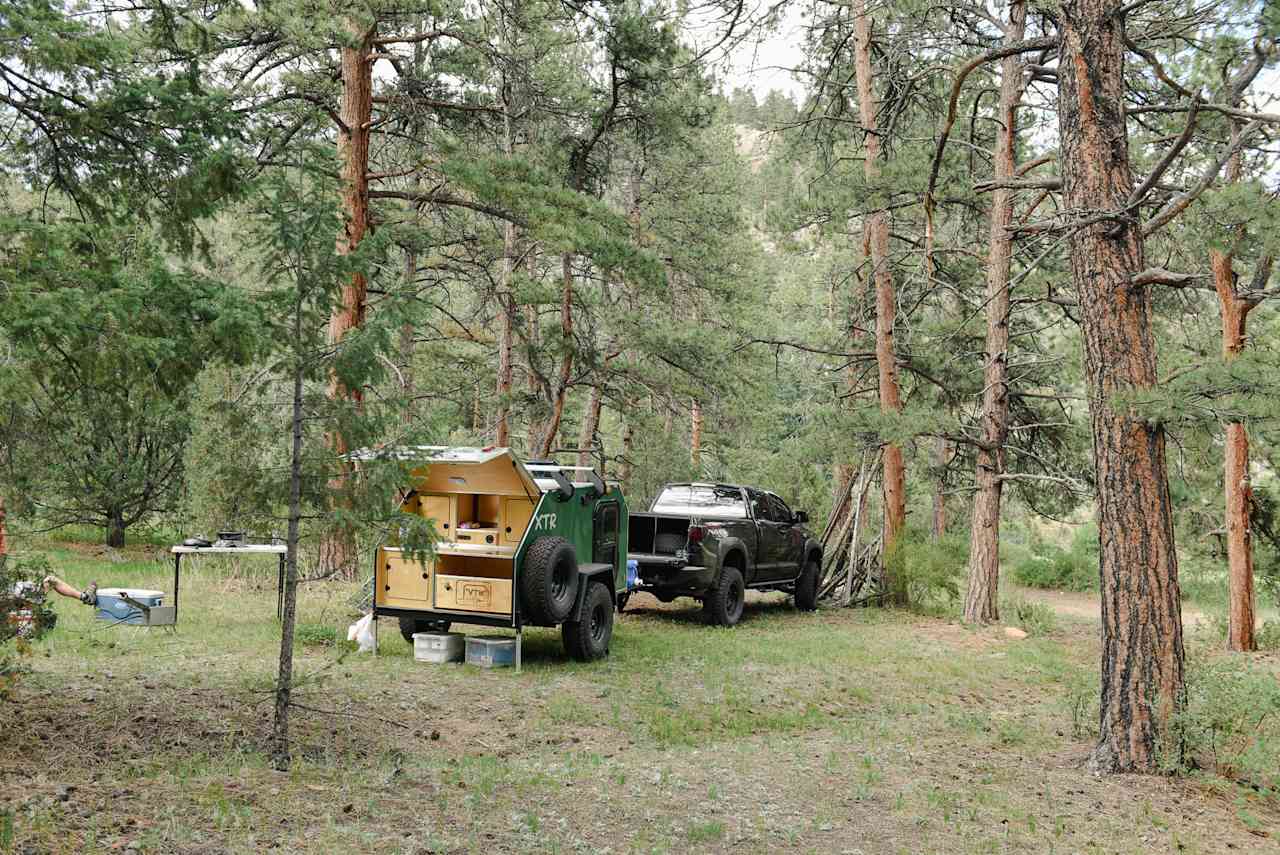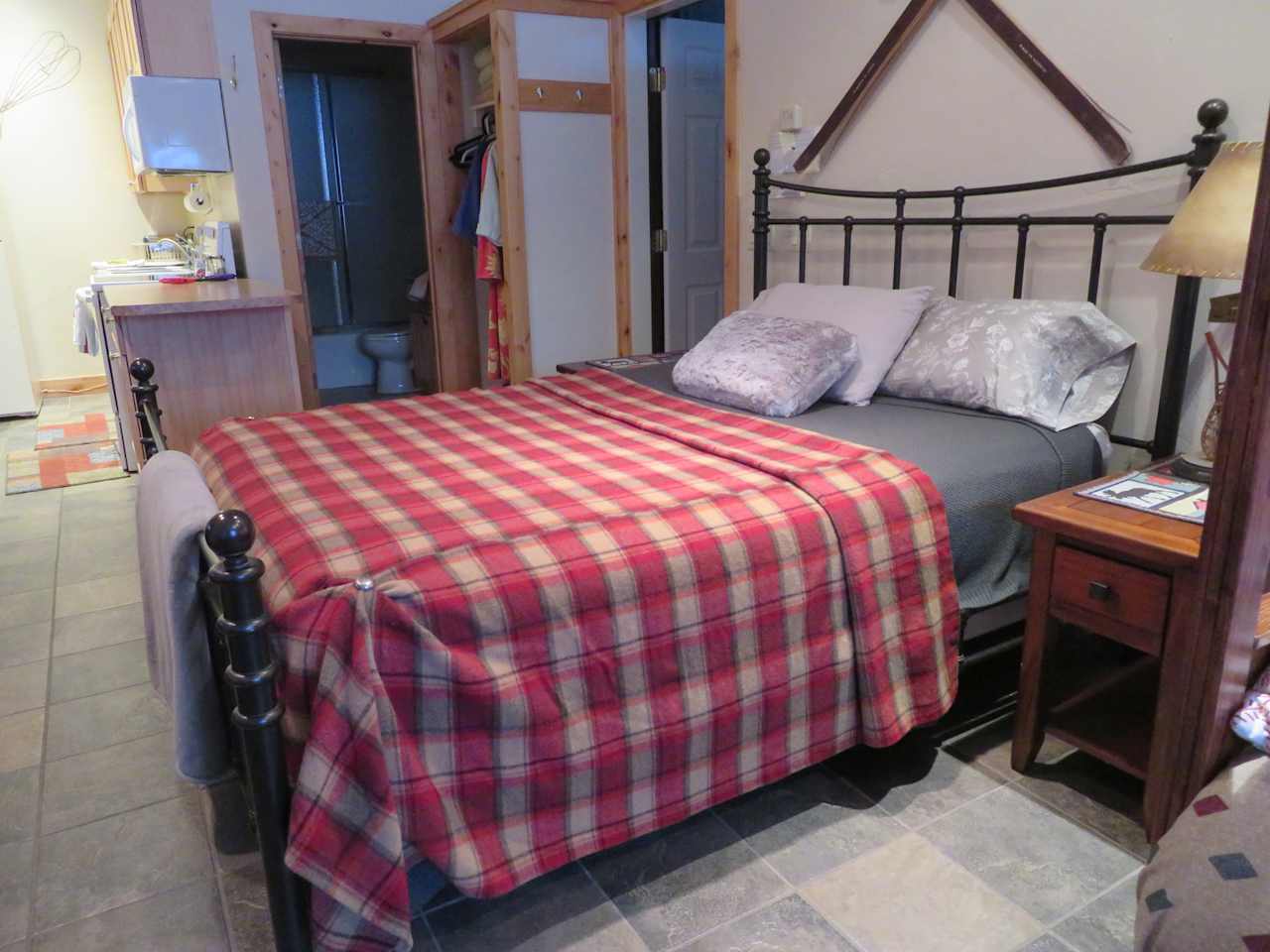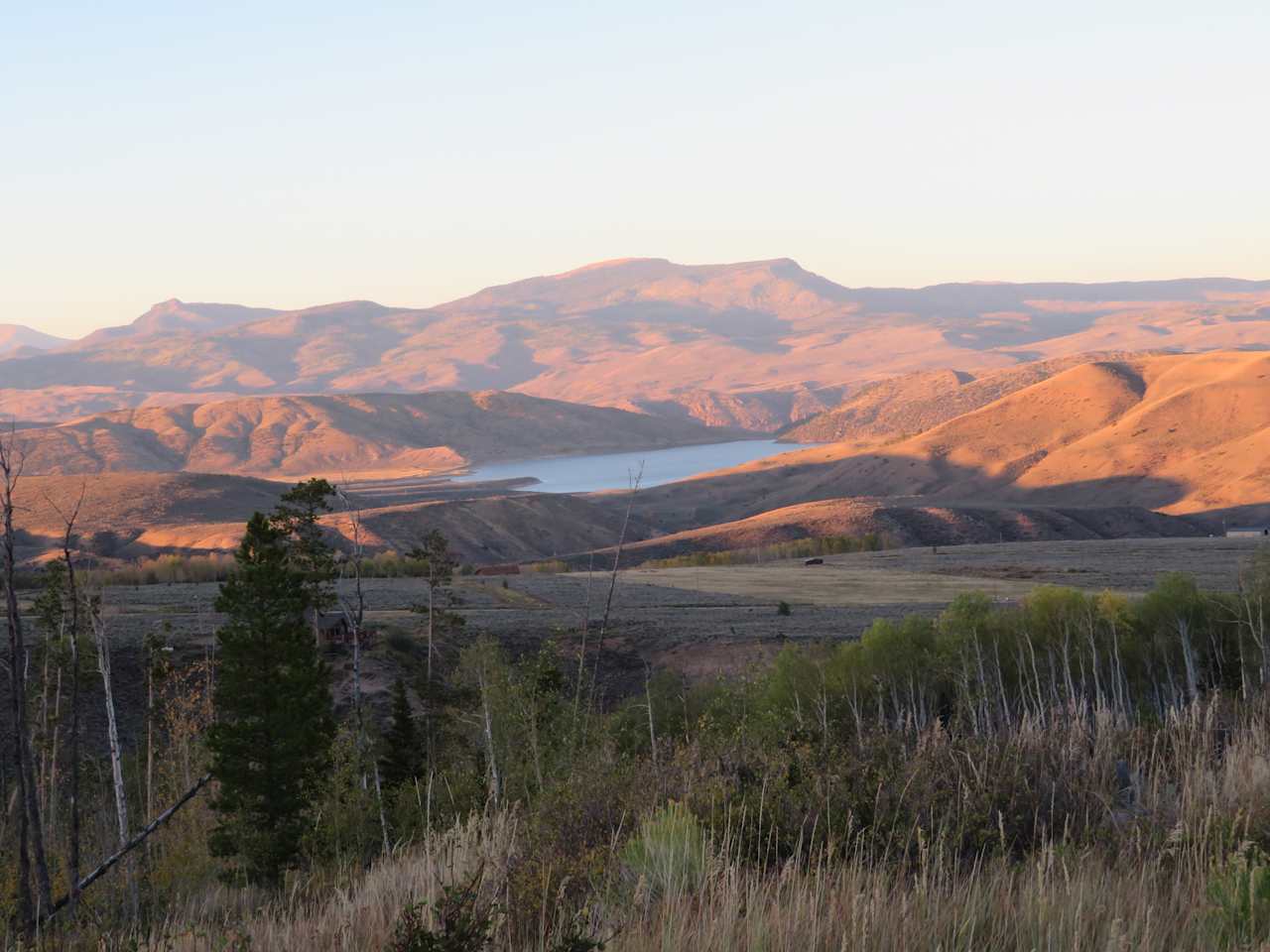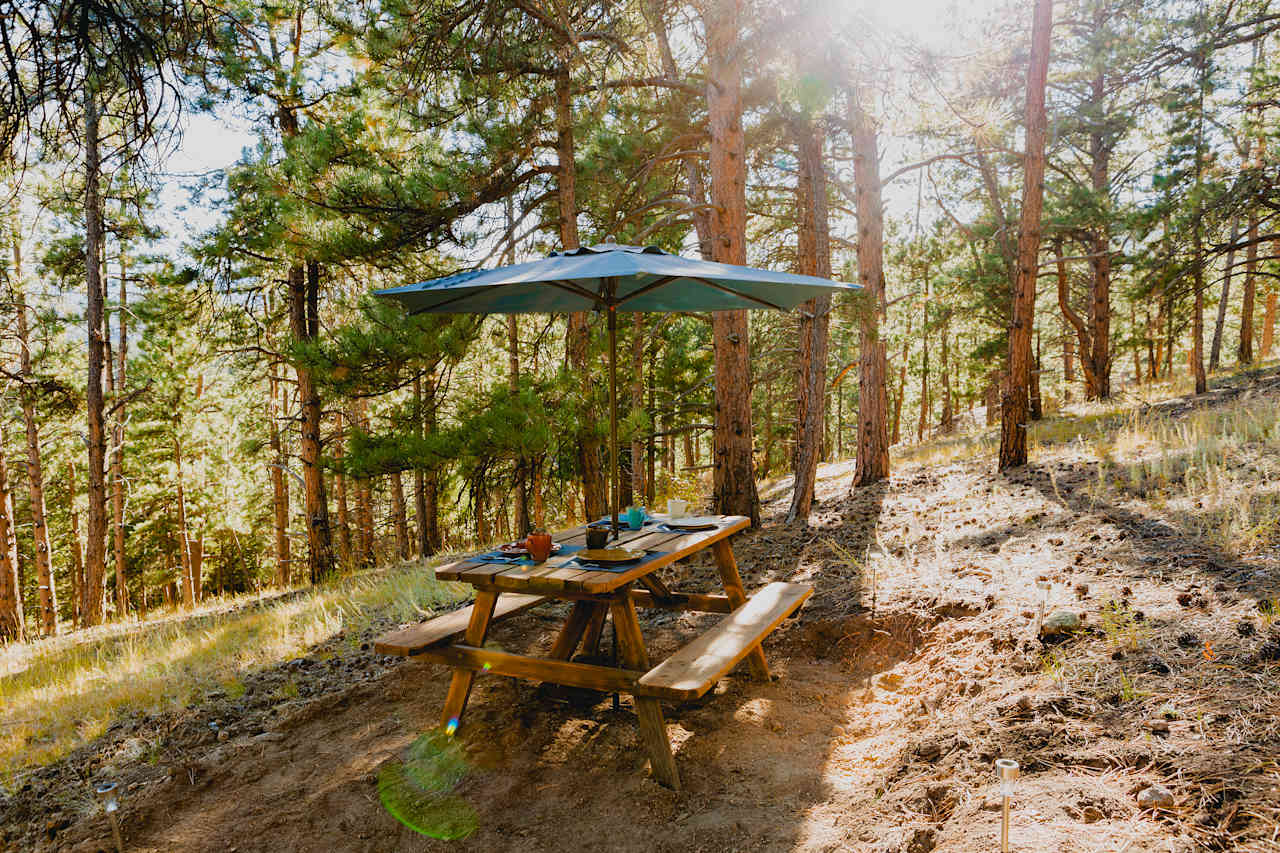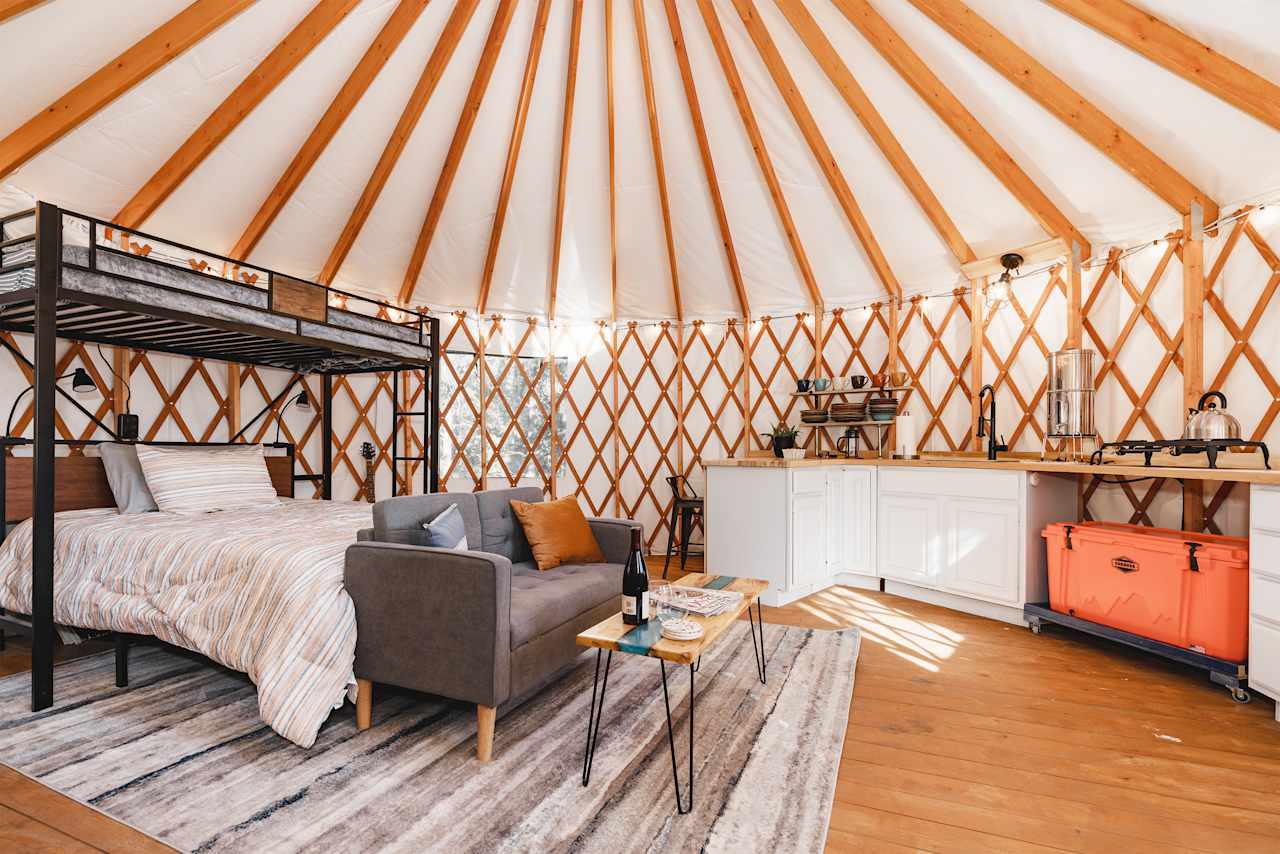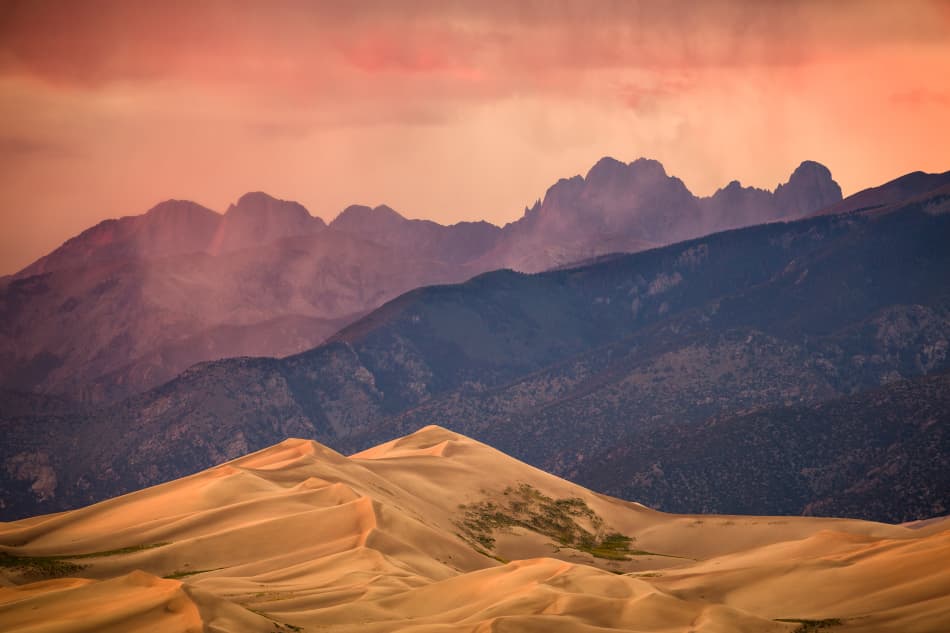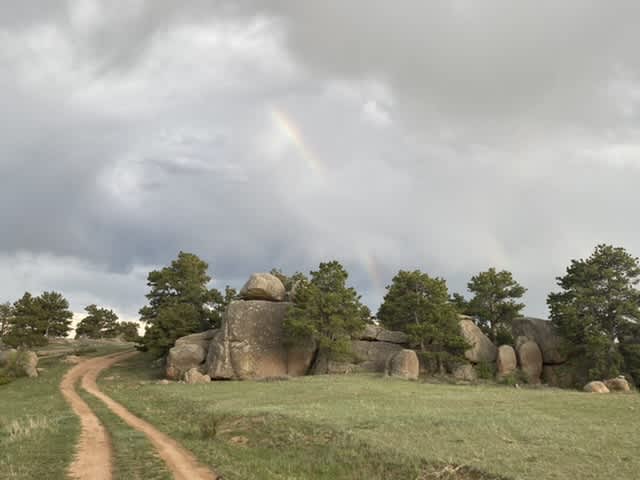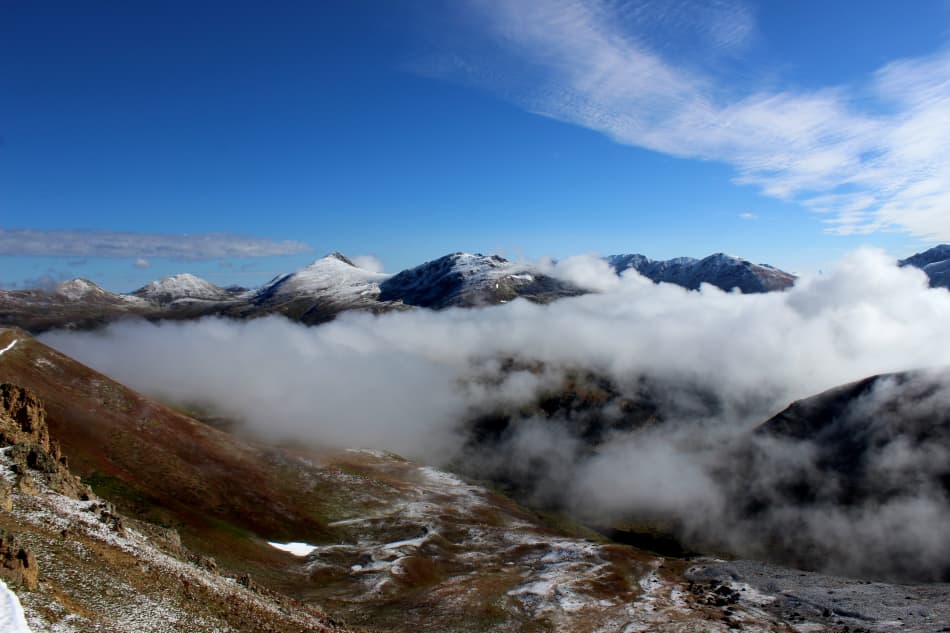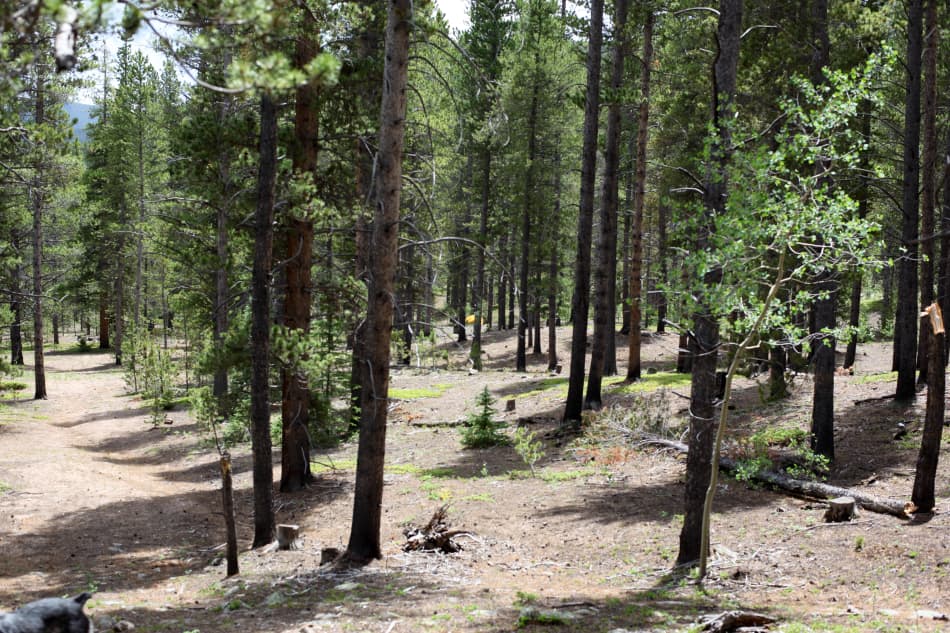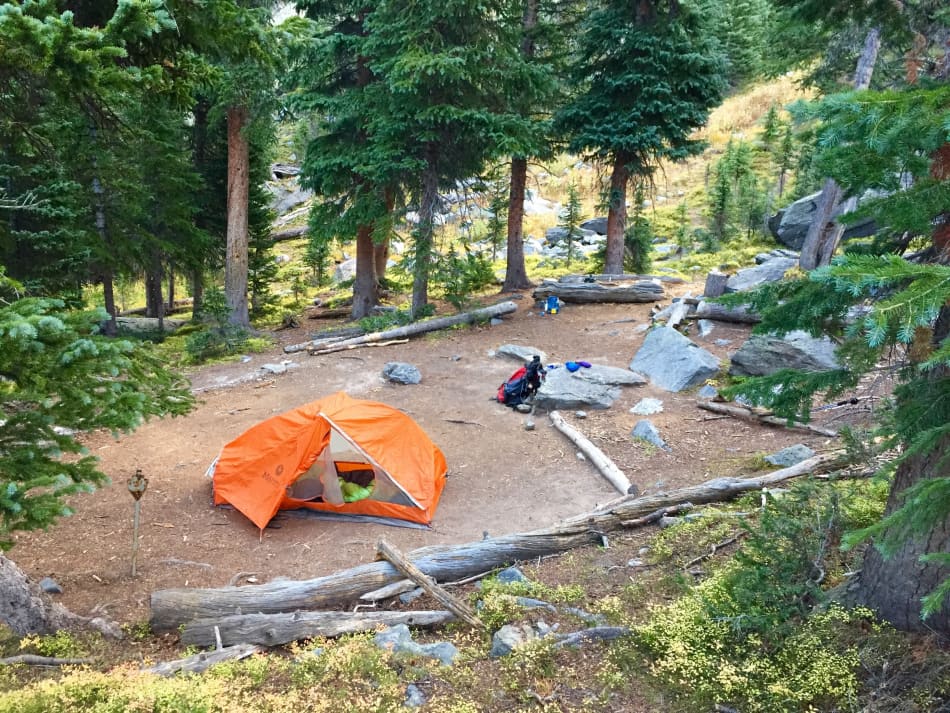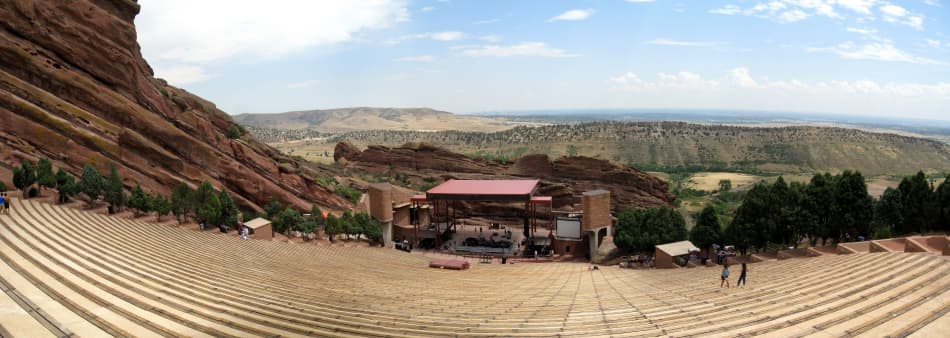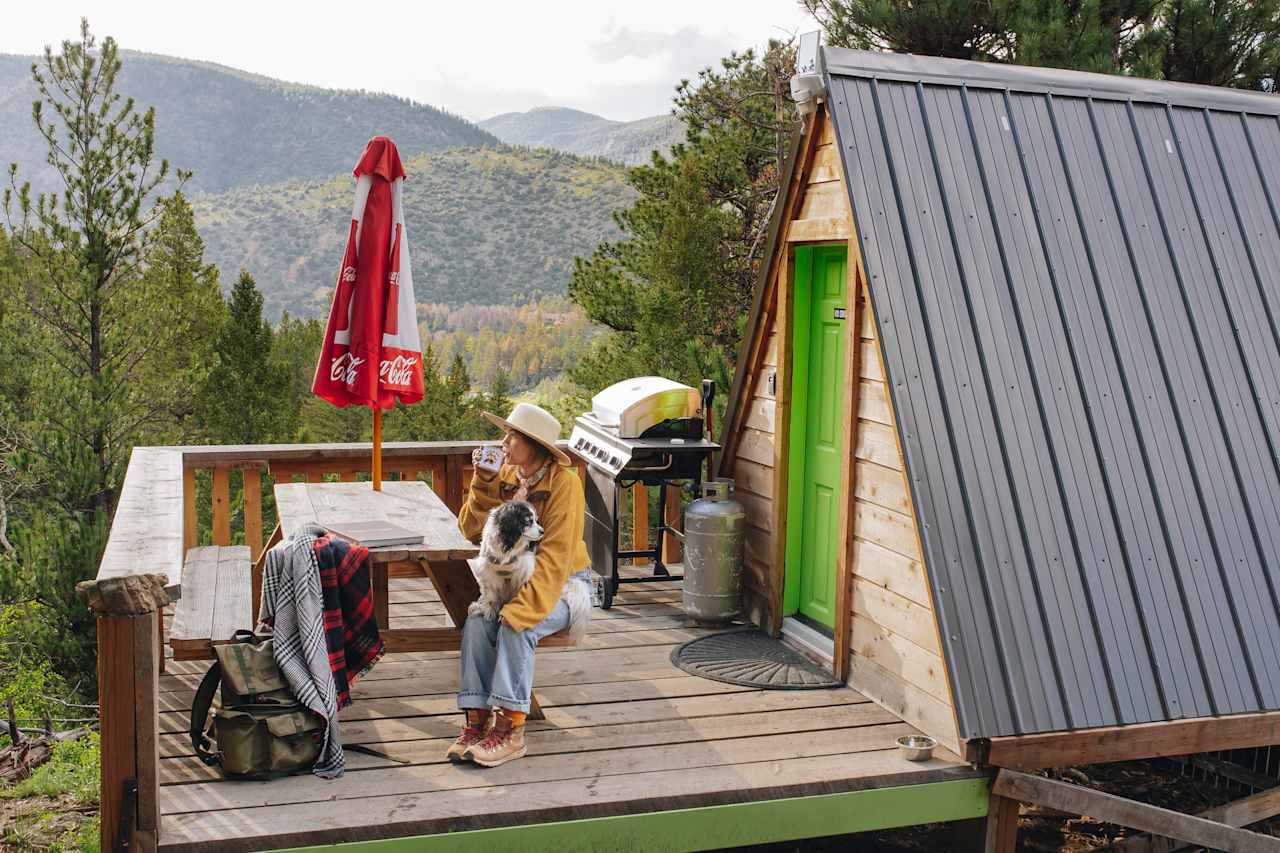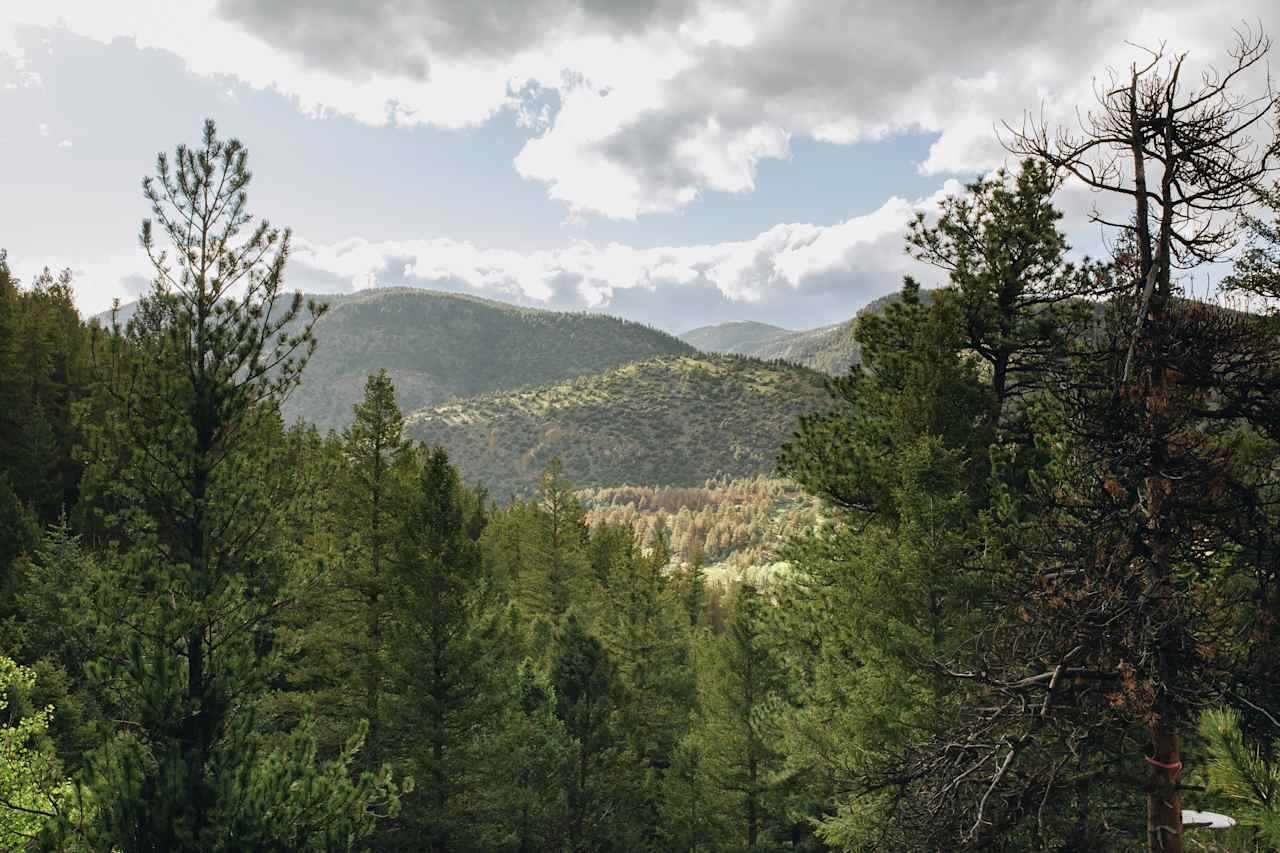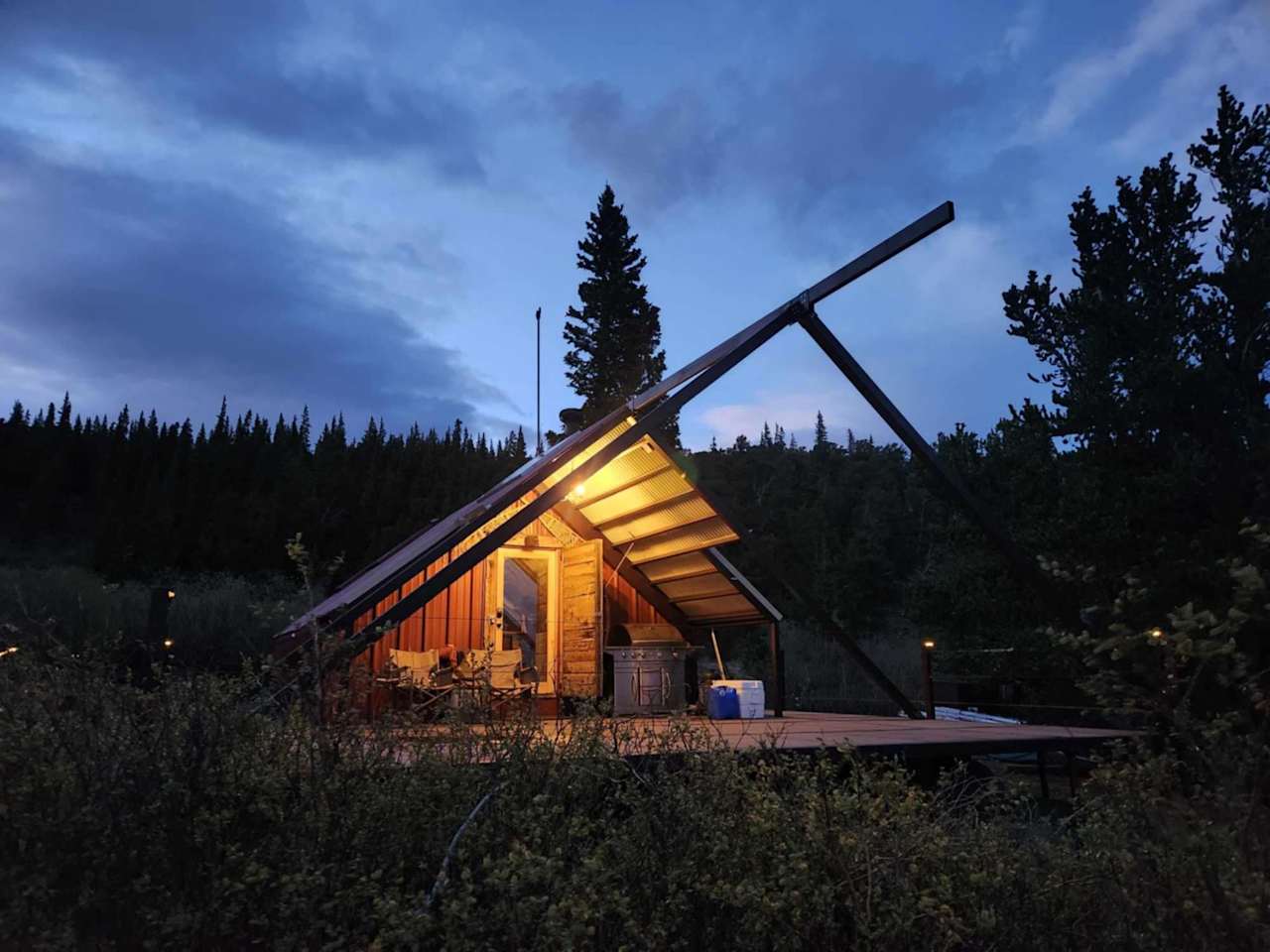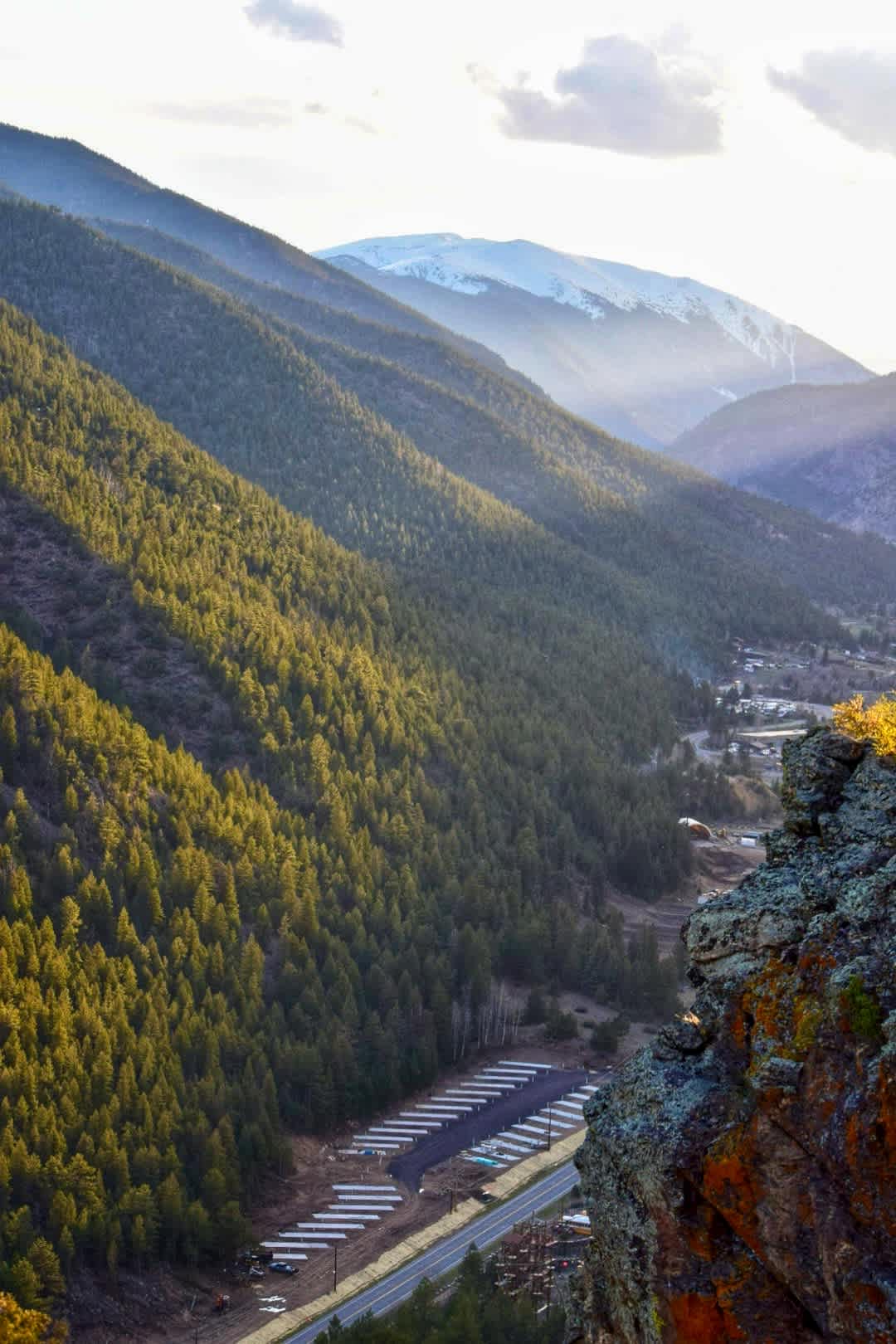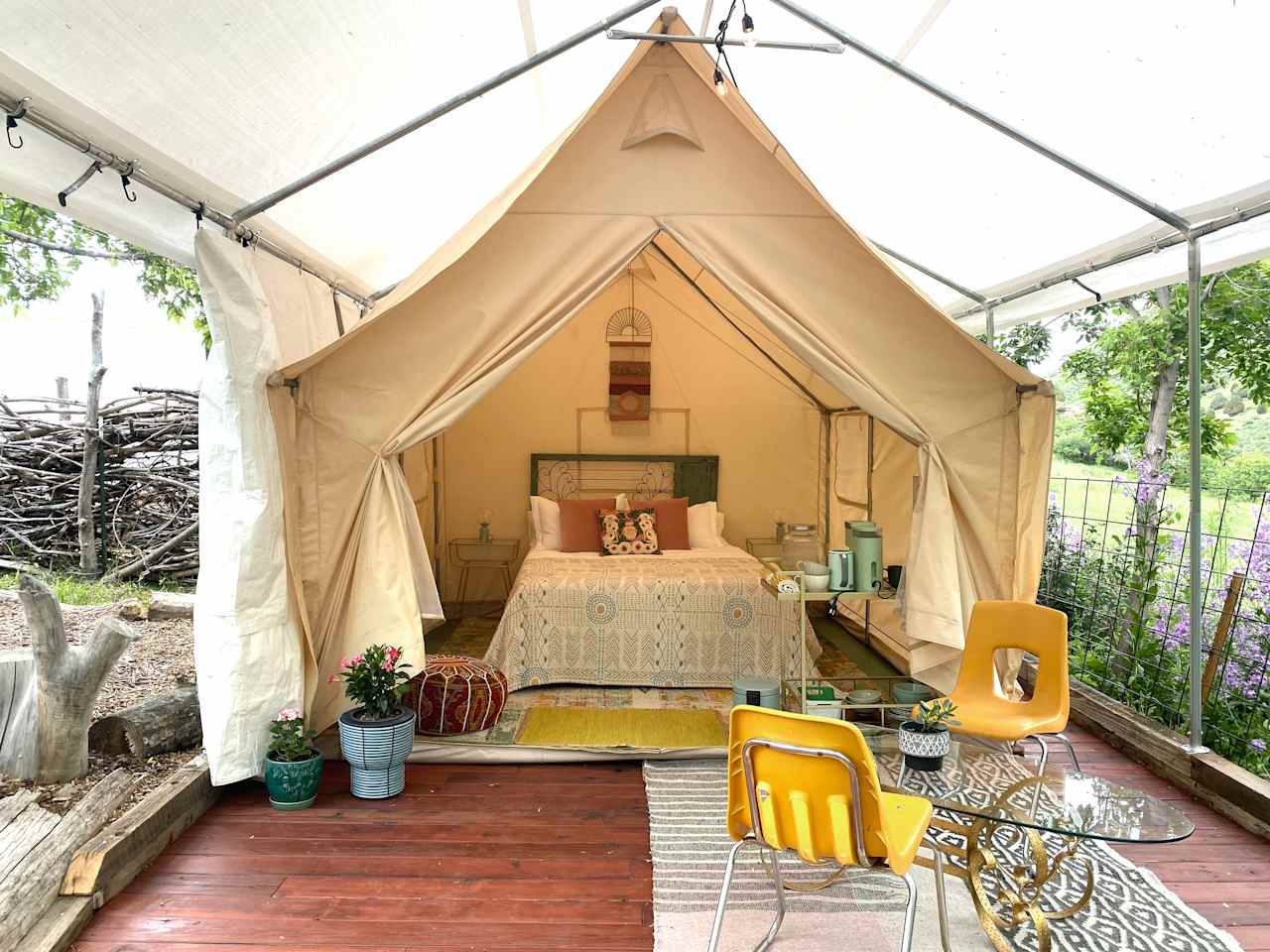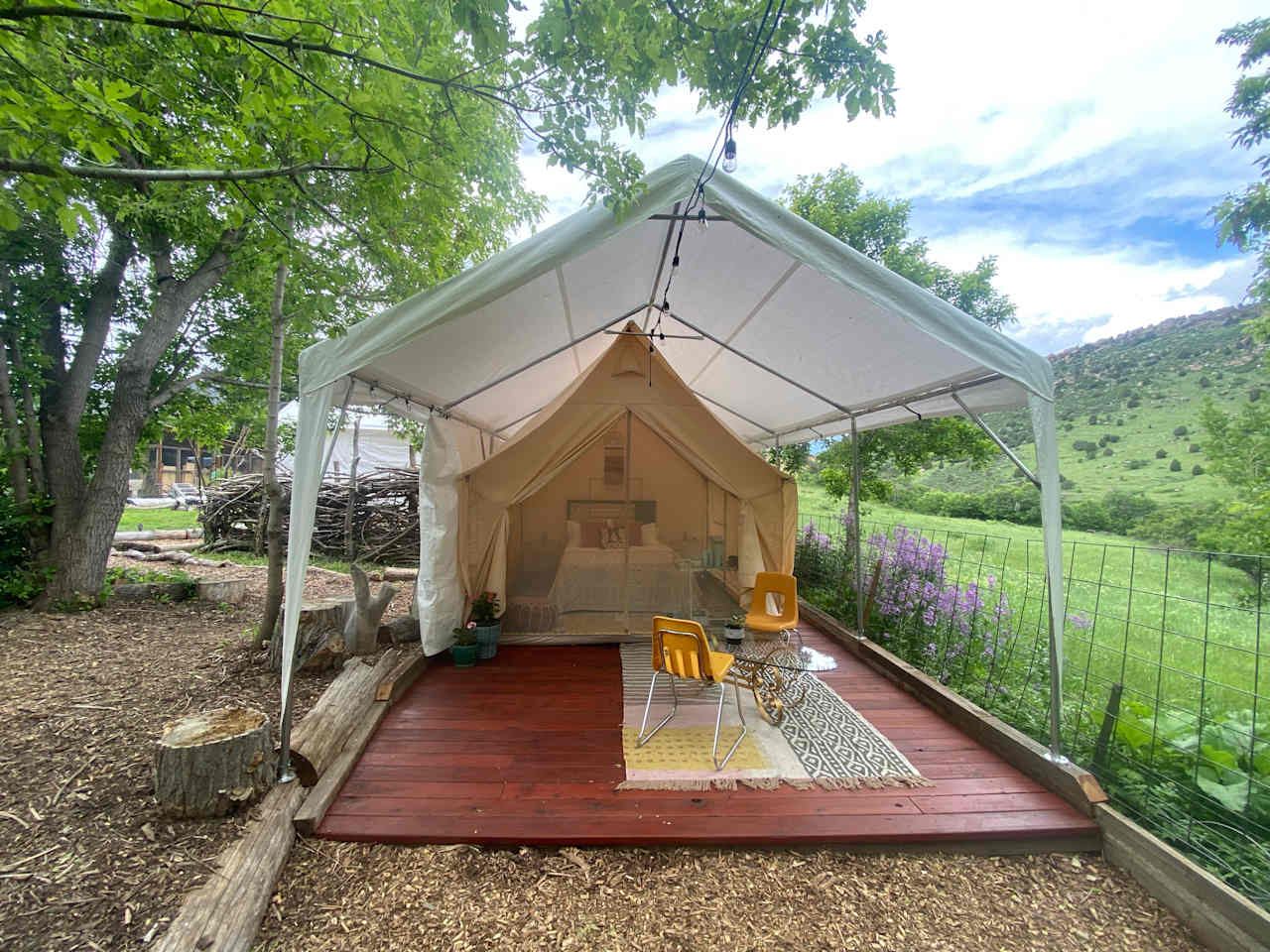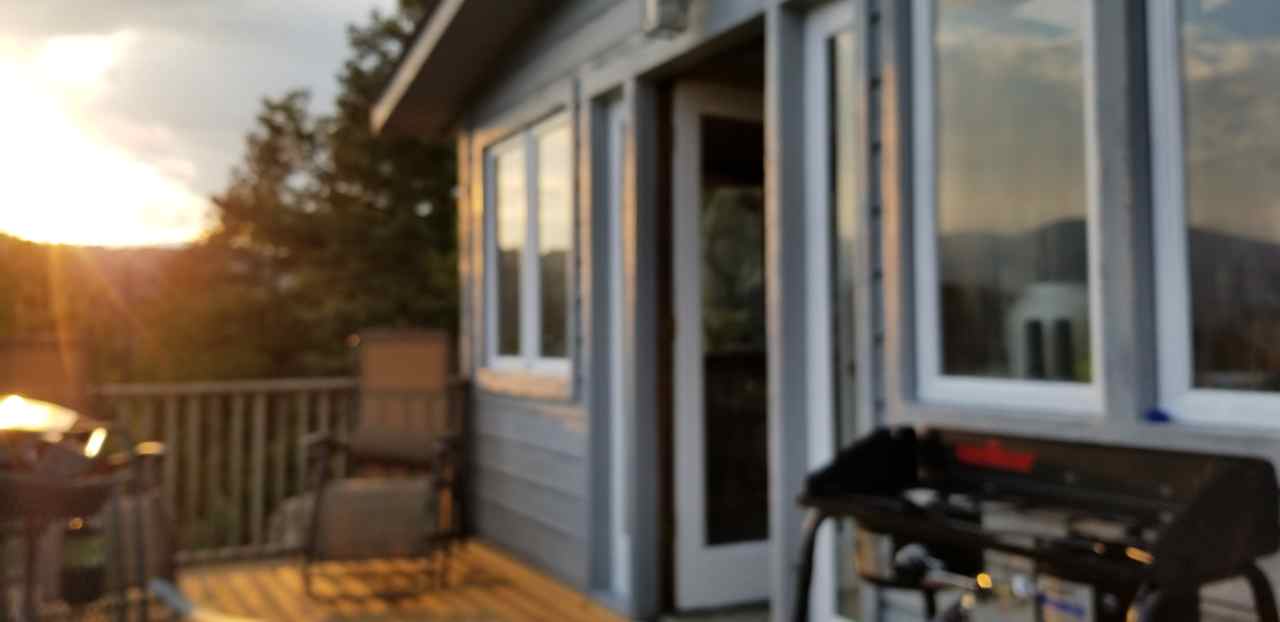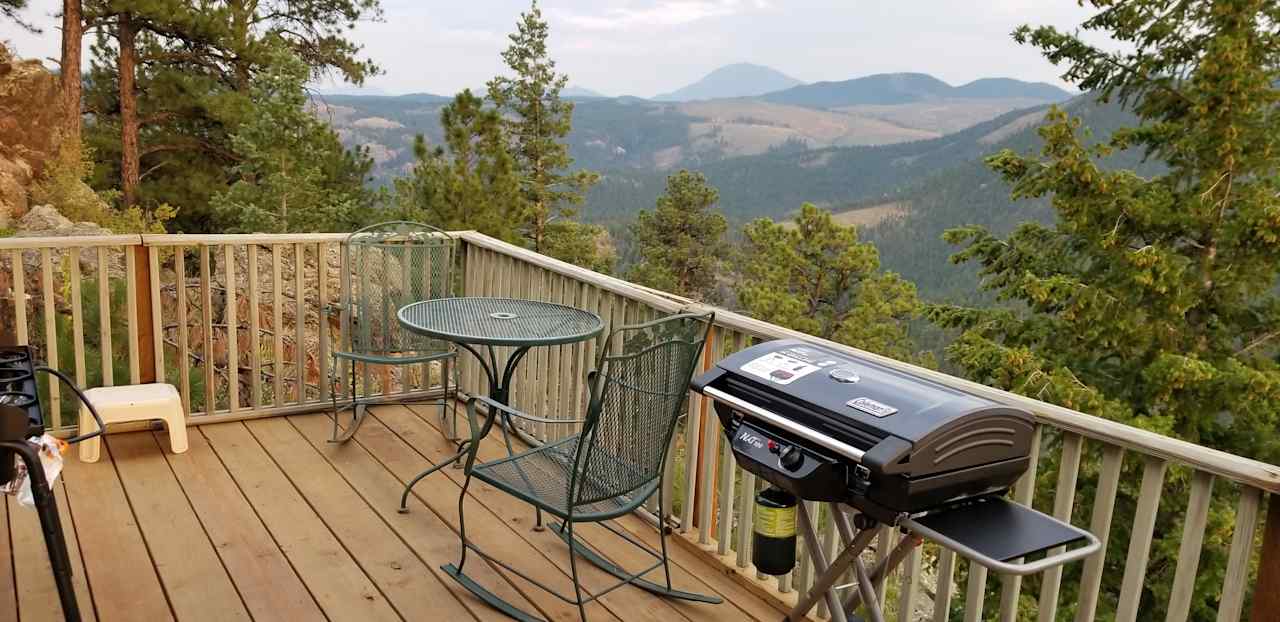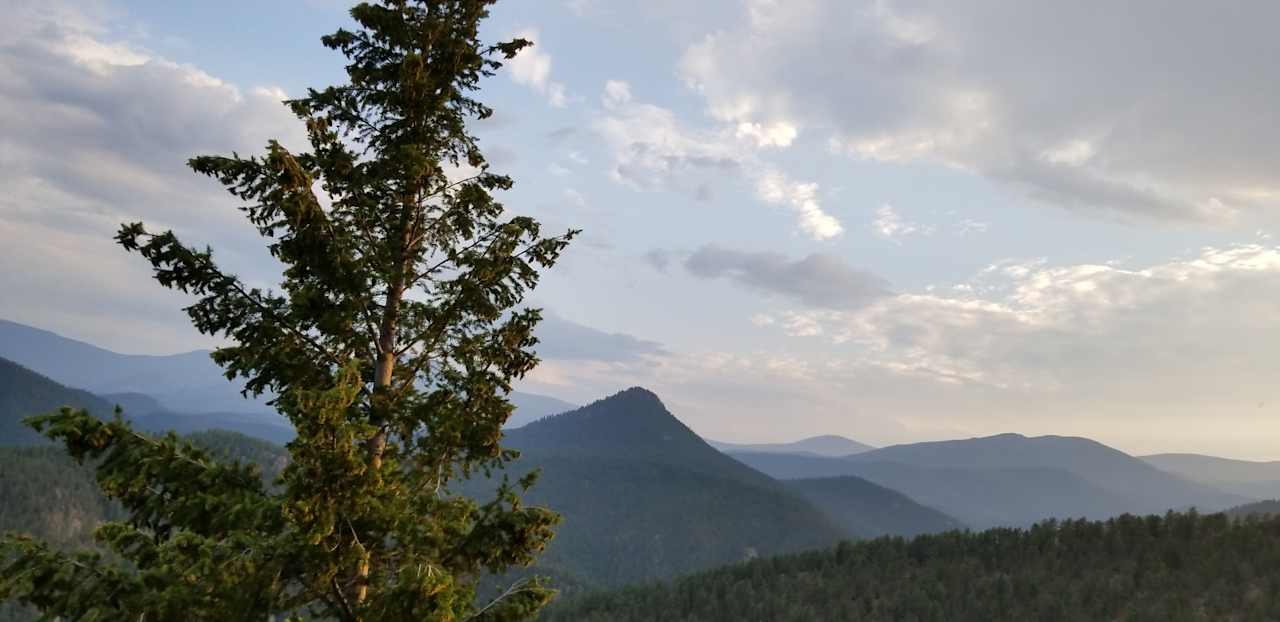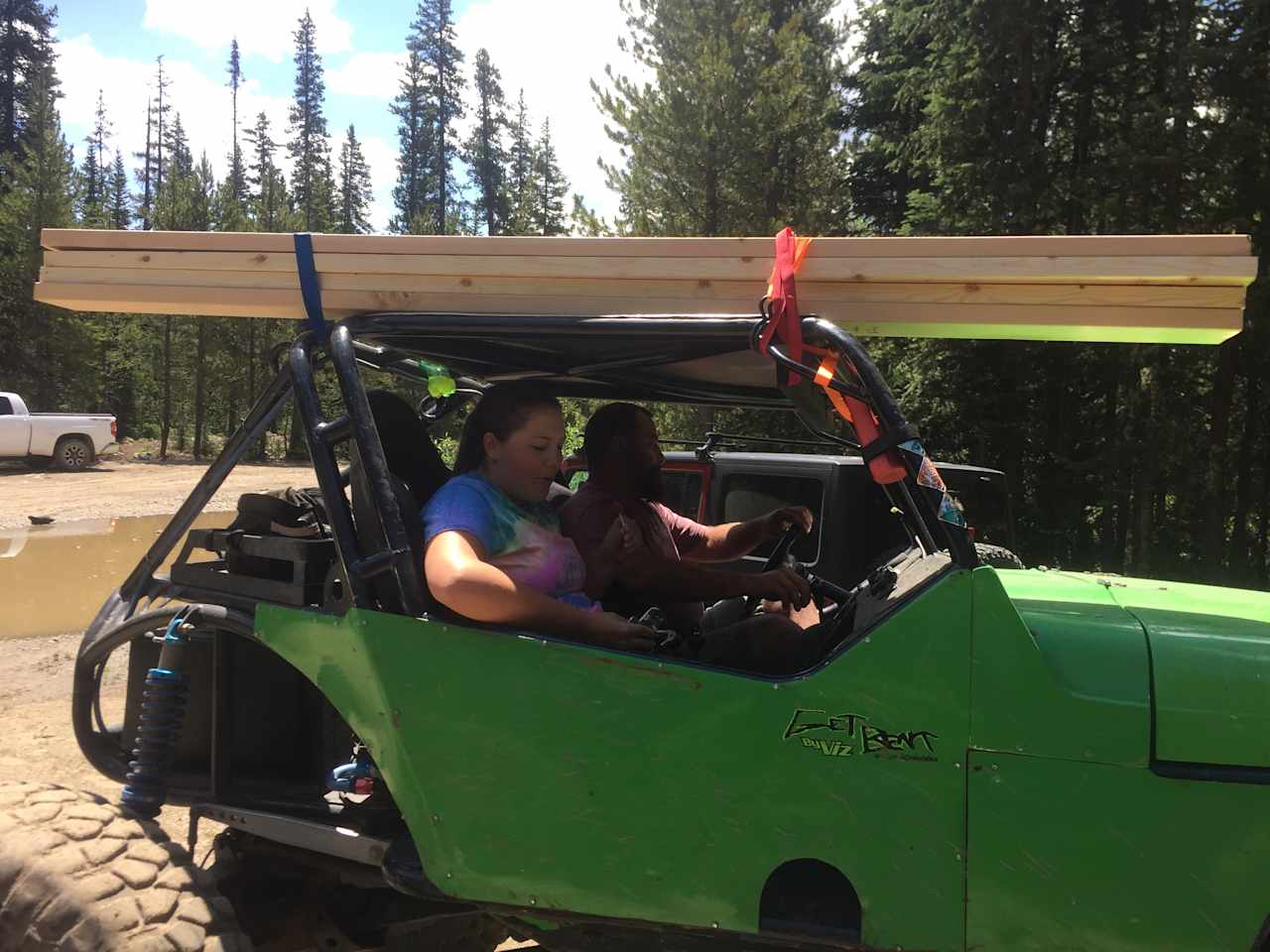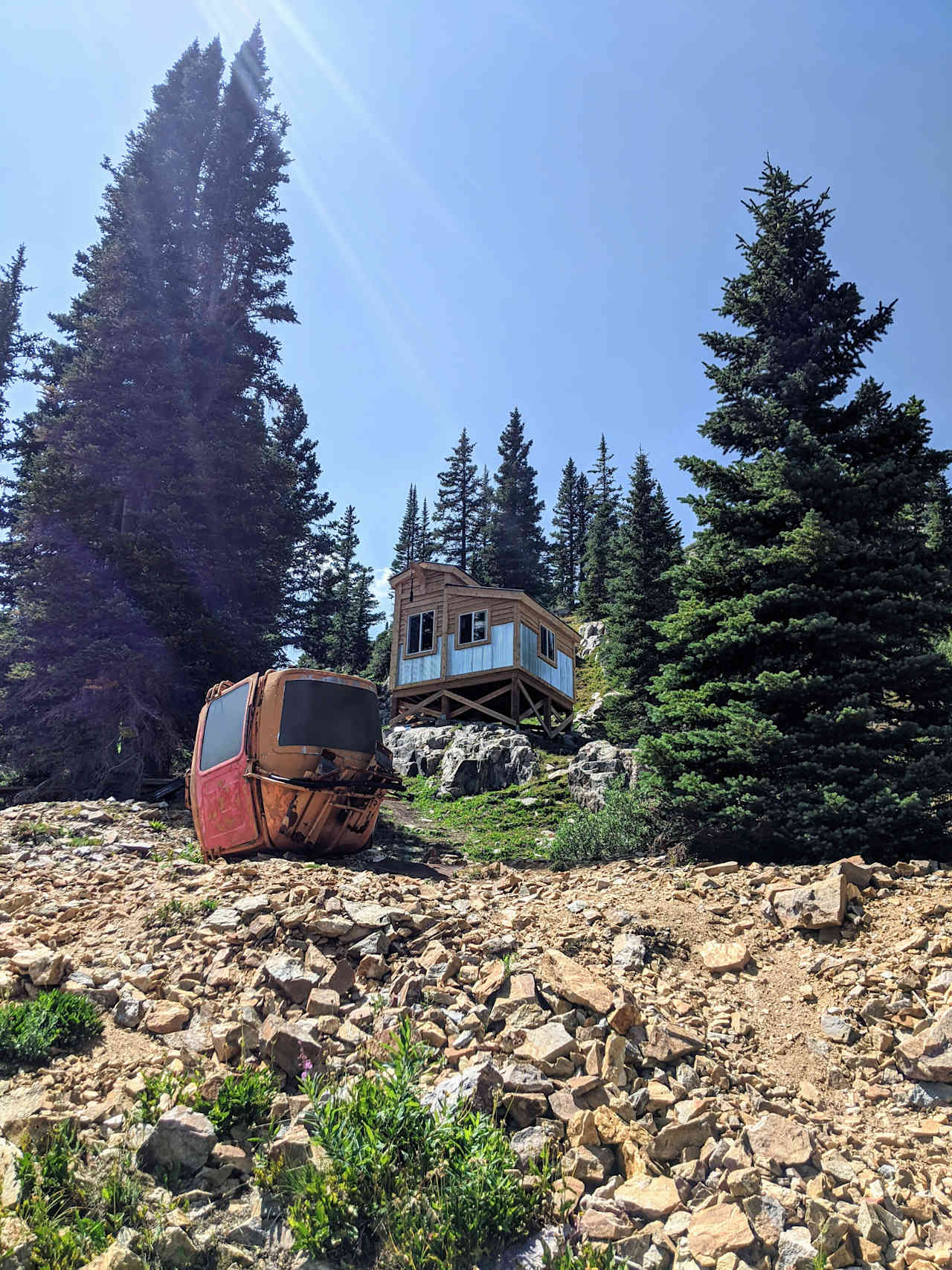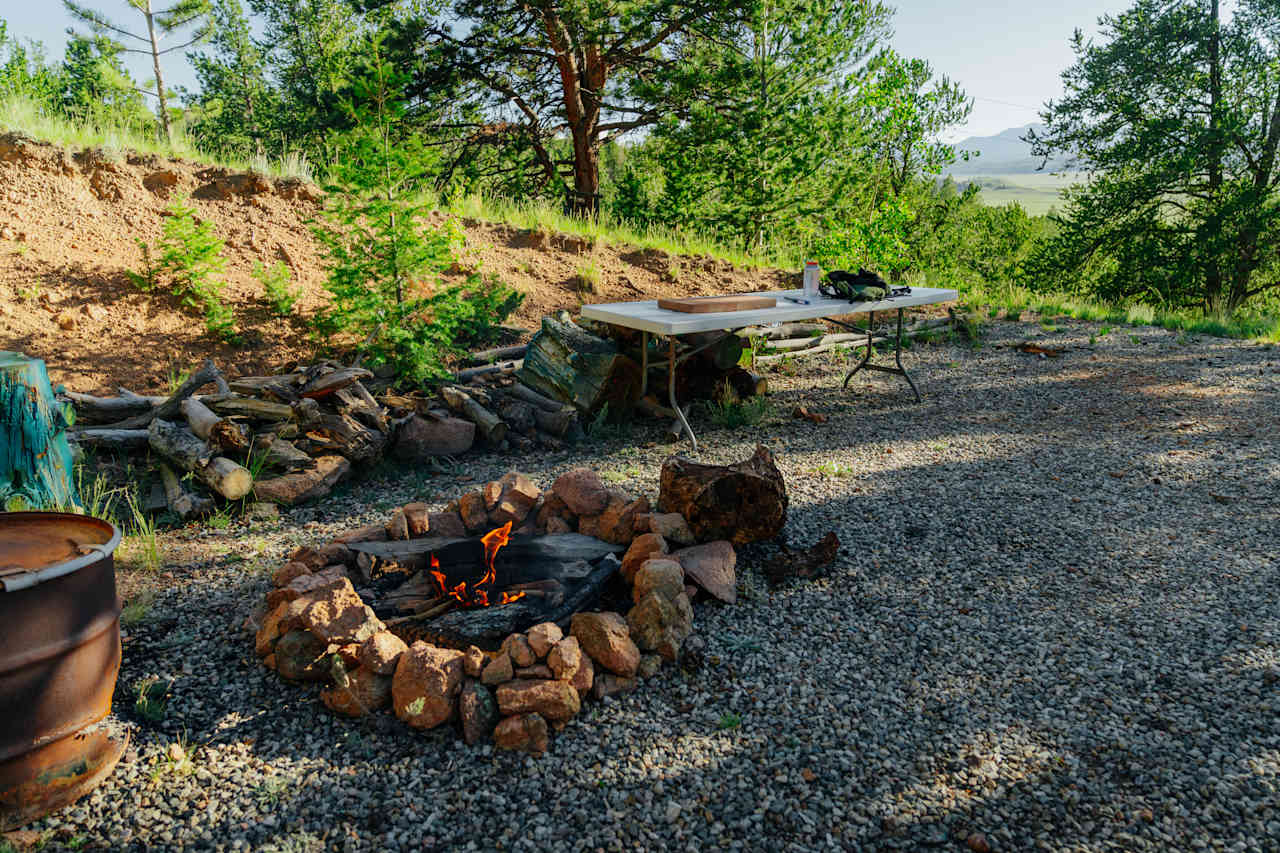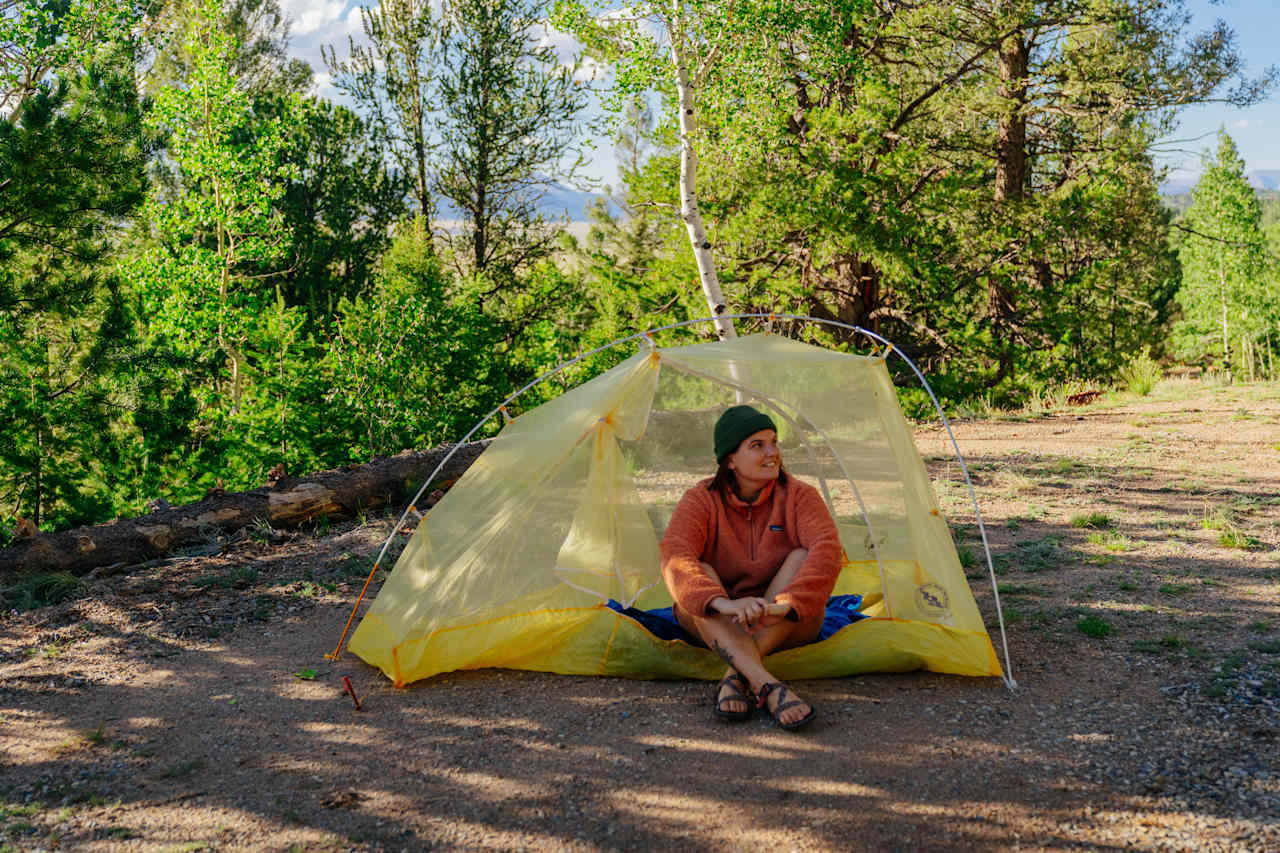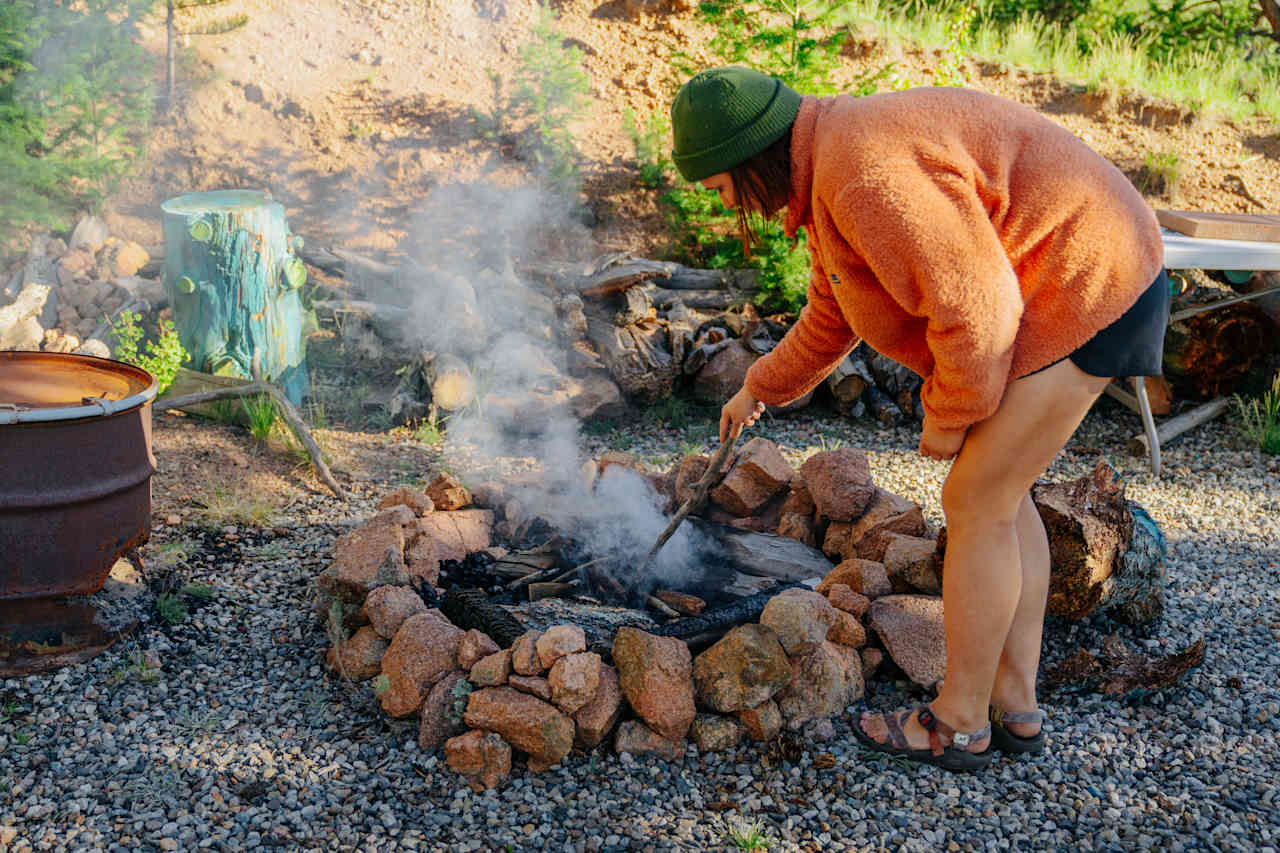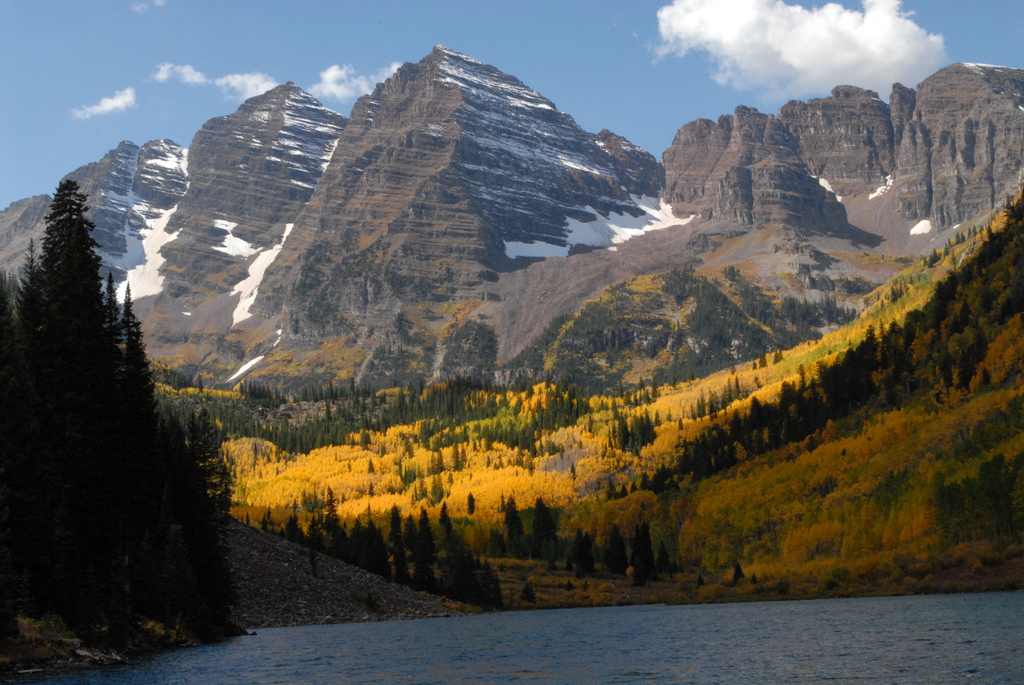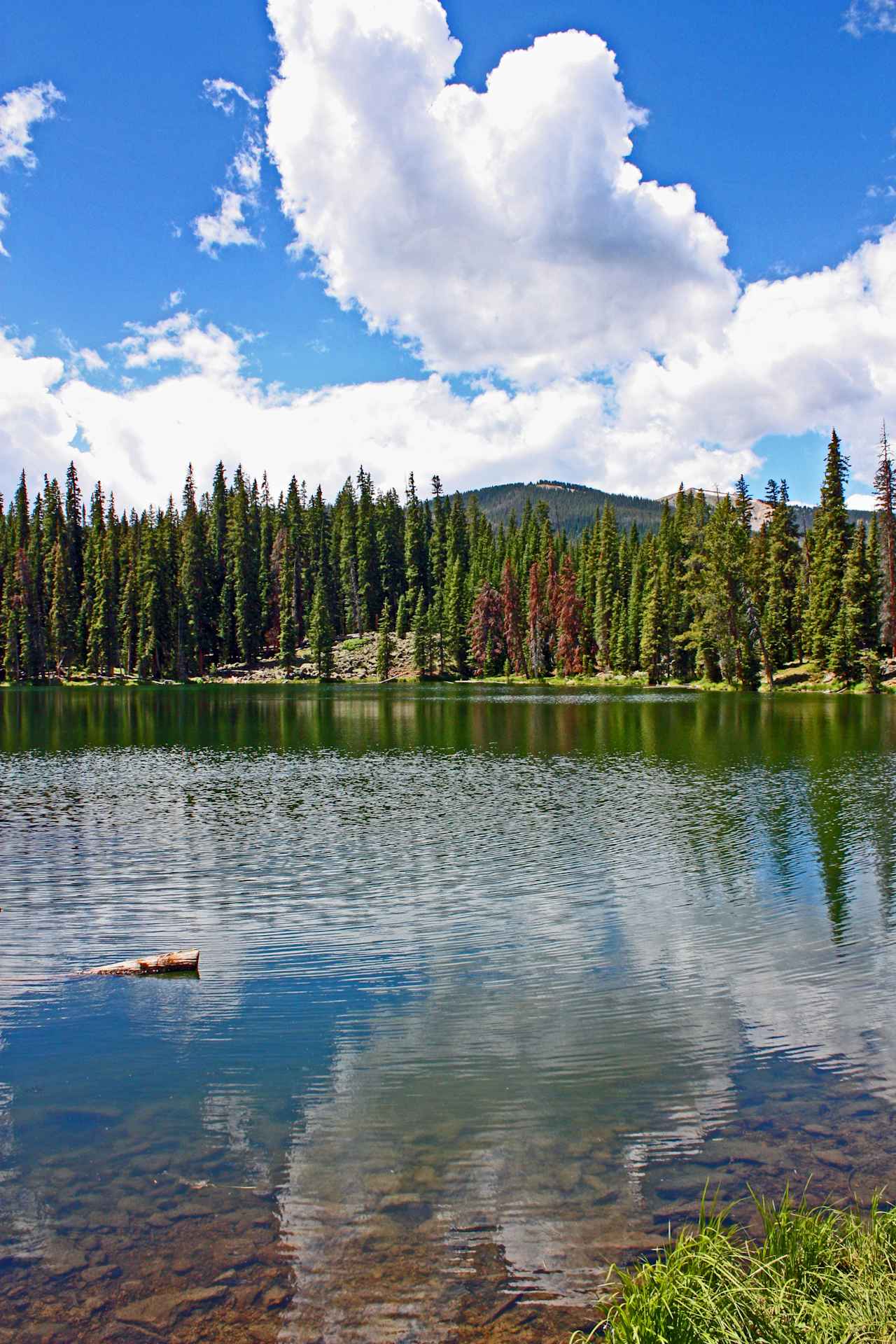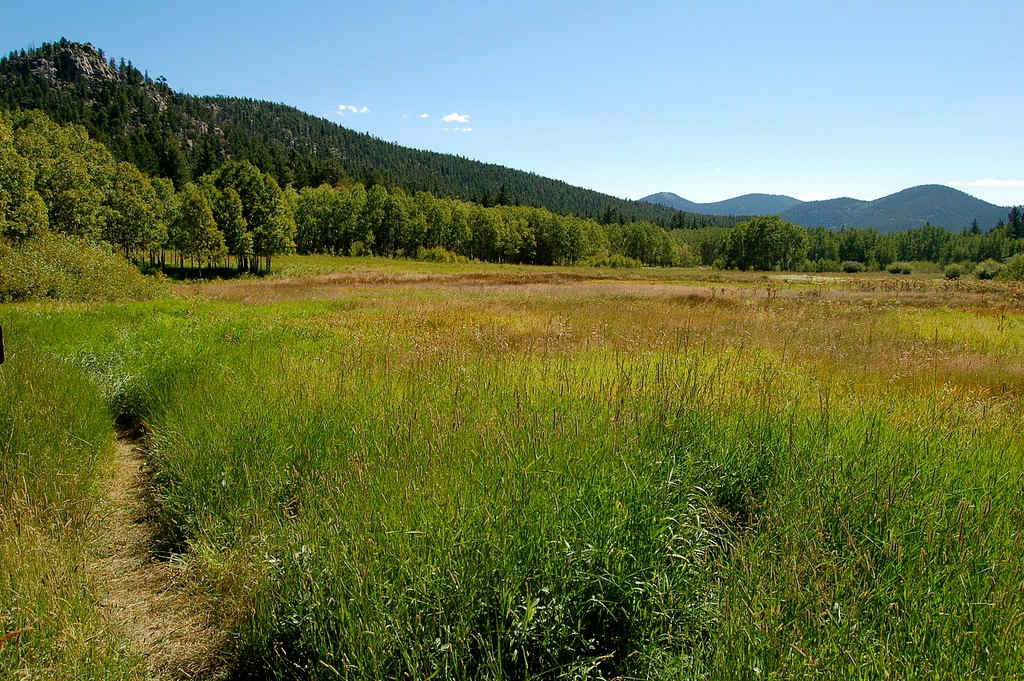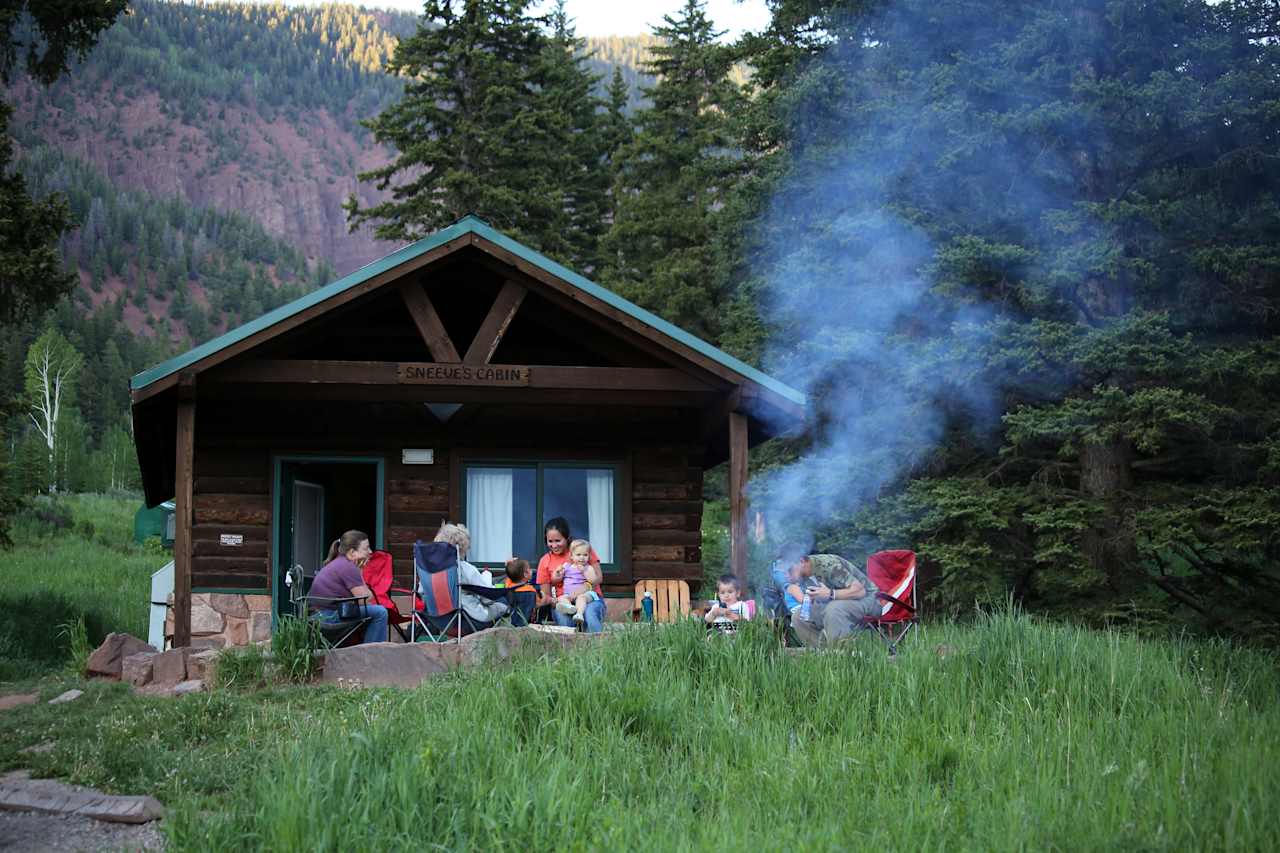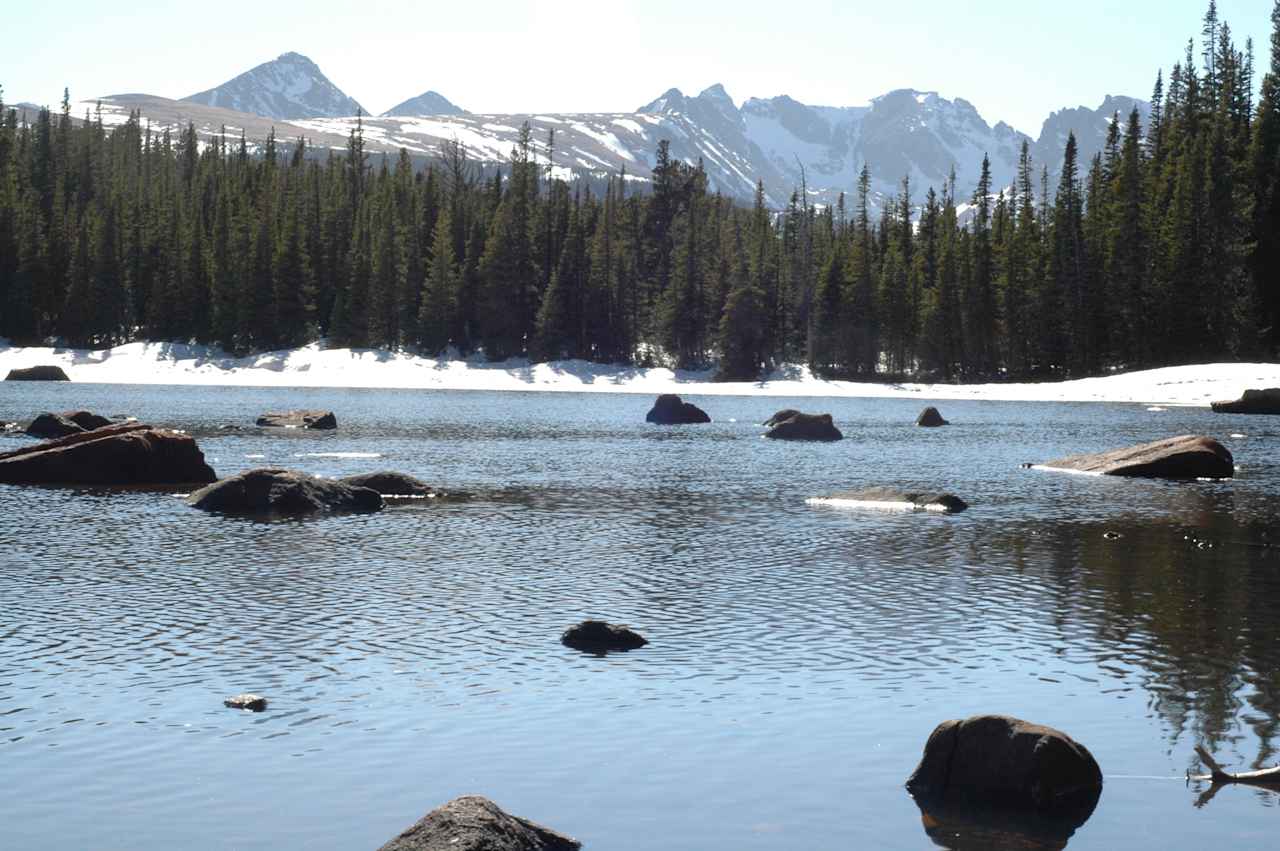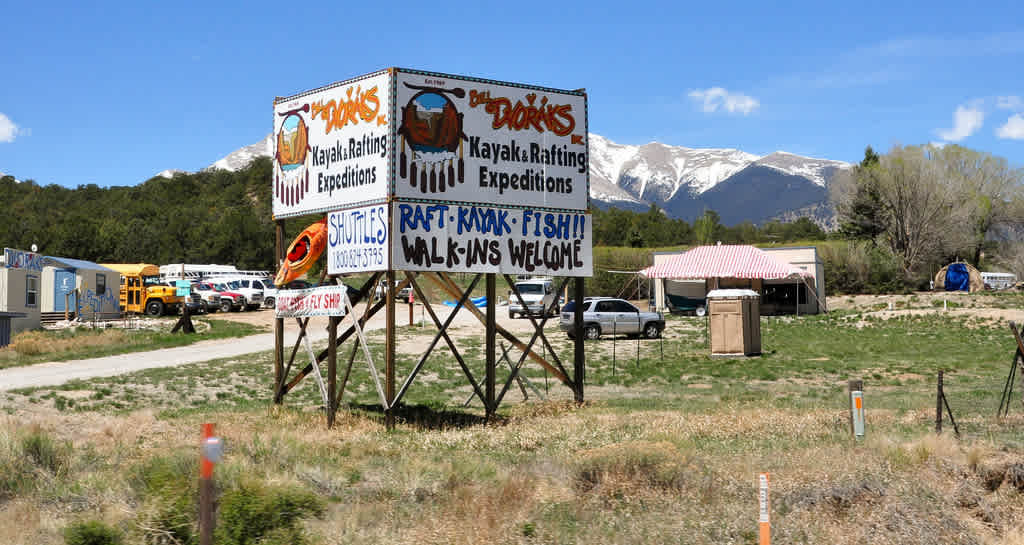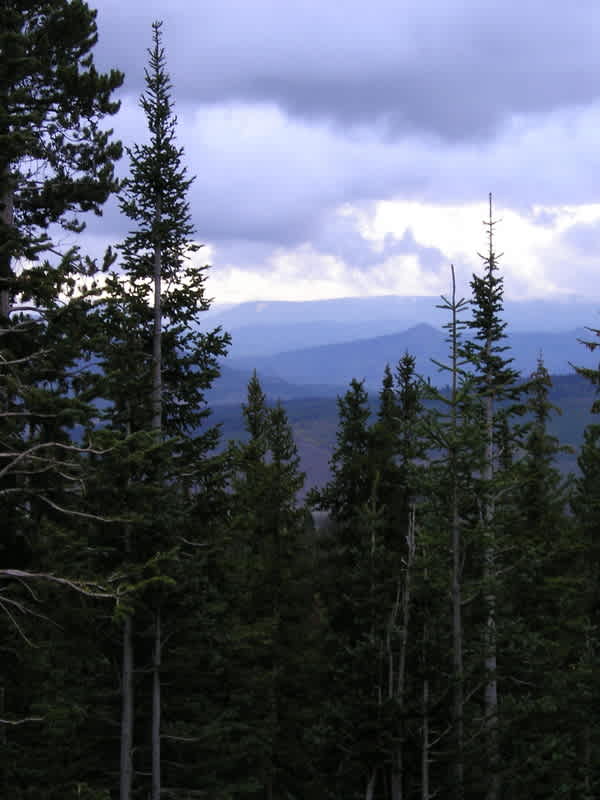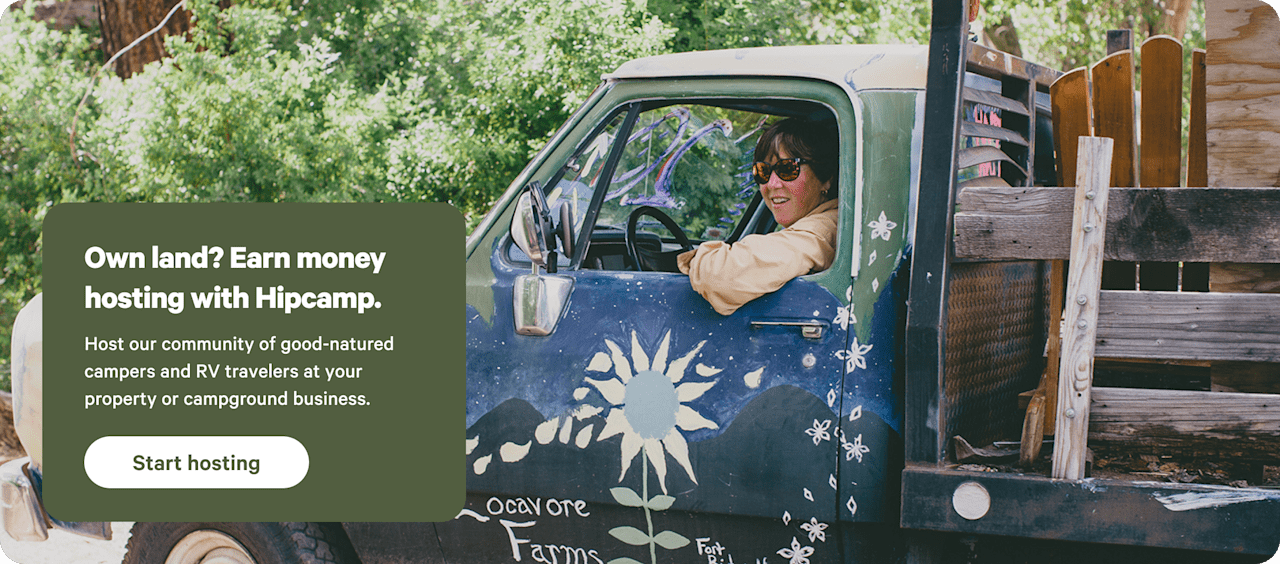5 sites · Lodging80 acres · Parshall, COPlan a self care weekend with our Luxury spa amenities away from the crowds and immersed in wilderness.
Close enough to visit Rocky Mountain national Park Hot Springs in winter park ski area perfect for the couples and their dog.
Hot tub, sauna, ropes, slippers and herbal teas.
Hike, bike or snowshoe our 80 acres of trails abundant with wildflowers hummingbirds and wildlife beautiful fall colors to dark sky nights great for stargazing, fresh farm eggs and cinnamon rolls are available to pre-order.
We are located at the end of a private road, we value or peace and serenity here and hope you do as well
Adjacent to state national public lands, just for miles to the Williams fork reservoir a few more miles will take it to the Colorado river and many other lakes and reservoirs to fish in recreate
Ask Dale for references a fun things to do in the area, such as rafting, horseback, riding or zip lining
All wheel drive, or 4 x 4 with high clearance is recommended for the best experience
We are approximately a half hour to kremmling Hot Sulphur Springs and the closest restaurant
We are a little over an hour to Granby in Rocky Mountain national Park. Two hours to any summit county, ski areas, and steamboat.
The lodge is basically a triplex building with a common area and three condos within.
Bill’s cabin is our fourth lodging option that sits out on our Ridge about a half mile from the lodge building. Bill‘s cabin is off grid and has an out house. It also requires all wheel drive.
The common area, houses the sauna, games, washer and dryer, and it’s just basically extra room to spread out.
It also includes Wi-Fi and a refrigerator, for bills cabin guests to use.
The lodge can be rented as one unit to sleep up to 10 guests.
Please note: rates are for two guests only additional guests will be charged Per person per night
Or
The lodge can also be rented as individual units:
Each unit is individually named, has private entrances, and is completely private.
There is the Copper Peak, which is a studio.
The Williams Peak.
and The Byers Peak.
The shared areas include the hot tub and sauna which are located in common area.
Each unit is filled with luxury and everyday amenities you need for a complete stay.
We allow dogs too!
Williams Peak and Copper Peak unit has a doggie door leading to a six-foot tall kennel run!
NOTE: dogs cannot be left alone when you leave.
Bills Cabin is our separate off grid, rental cabin, which offers luxury camping in a forested environment with numerous foot and bike trails right out your door! The total darkness provides a spectacular night time sky full of stars and constellations perfect for viewing from the deck. Expect to see wild life in our exclusive off grid cabin, while you enjoy an Ecco friendly vacation!
Bill’s cabin has a primitive road to it and therefore some foresight is required for travel, a 4x4 vehicle is required in any seasonal weather. We recommend a conversation about your means of travel. Alternative methods such as Bike or hike, we just highly recommend that no one hikes at night.
Bills cabin is built out of concrete including the "log" siding. The power comes from solar panels and propane to cook and heat. Your kitchen and bathroom include instant hot water and are just outside the door..enjoy an alfresco shower out side!
Alternatively the lodge office guest bathroom/shower is also provided for Bill’s Cabin Guests.
This unique lodging experience is an opportunity to enjoy a camping vacation with a loved one or a friend without all the cost and hassle of setting up camp. Enjoy a deck complete with a gas grill and fire place.
Water is provided for washing dishes, hands and drinking.
You need to bring food, ice cubes.
Bill’s cabin is available for the summer and fall beginning Memorial Day weekend or earlier as weather permits.
All lodging includes bed linens as well as towels, dishes, coffee pot, coffee, grill, within the lodge, all rooms have full kitchens, including microwaves
Bills cabin provides a cooler including ice blocks, everything you need to cook with, including a grill burners, and a camp oven!
We provide split wood and propane for all guests.
bathrooms are supplied with shampoo, lotion, hair dryers and other small necessities!
The common area as well as the buyers peak offer a Washer/dryer for guests to use
Wifi, smart TV with Netflix, Hulu and pandora
various crafts, games, puzzles and corn hole.
A large deck for yoga, gathering with other guests or just relaxing over looks the valley and is perfect for wildlife viewing is also located at the lodge.
Sorry but our zoning does not allow for any camping of any sort on our property.
Come experience the Old West as it was and still is as you meander along the road through working ranches that were homesteaded back in the early 1900’s...their weathered log cabins still standing and often still occupied...others are close enough for a great “back in time” photo opportunity. As Colorado's open range law permits ranchers to graze their cattle without borders, you will often find them on the roadways or you may even get caught up in a cattle drive as the ranchers move their cattle from one pasture or paddock to another. Springtime brings all the calves and branding time! Observing the rancher, his horse, and dog working together is a genuine treat. Look along the roadside for sage grouse, in the open fields for pronghorn, down in the willows and streams for the bull moose, in the trees for the mule deer, and on top of the ridge lines for the elk. There are also bald eagle and osprey nests, alpacas, horses, sheep, and goats. All this just on the ride into Williams Fork Lodging!
Our residence sits above this scenic panorama at the end of the road and adjacent to public lands tucked beneath Copper Peak on the Williams Fork Range. The elevation is roughly 8,500 feet and the 180 degree view is breathtaking...encompassing three mountain ranges, many peaks, pastures/meadows, forest, and ponds.
Soak in everything from the glorious sunrises to enchanting full moons to brilliant stars that truly seem closer than they are…the view of the Milky Way is unobstructed by light pollution for outstanding celestial shows…and meteor showers are spectacular from the hot tub!
We live on the same property as the Lodge and are quite self sustainable: hunting, fishing, gardening, gathering wild berries, and raising our own poultry meat.
The Lodge and cabin are constructed of concrete and rock as well as high efficiency windows and takes full advantage of passive solar heat; backup heat and the hot water are provided by wood via an outside boiler maintained by us. if interested, Dale offers fresh baked caramel rolls and other enticing breads and/or meals.
Every season has its own special beauty: Spring brings abundant wild flowers, contrasting greens of pine, aspen and sage. Newborn livestock and wildlife. Thunderstorms and brilliant double rainbows. Birds singing, chickens crowing and warm, quiet evenings are welcomed in summer. Our view of the fall colors are hard to match ~ the changing yellow, gold and reds quaking in the valley are quite beautiful. Winter brings diamond-sparkling white snow untouched by humans and cobalt blue skies and picture-perfect post card and right out your


